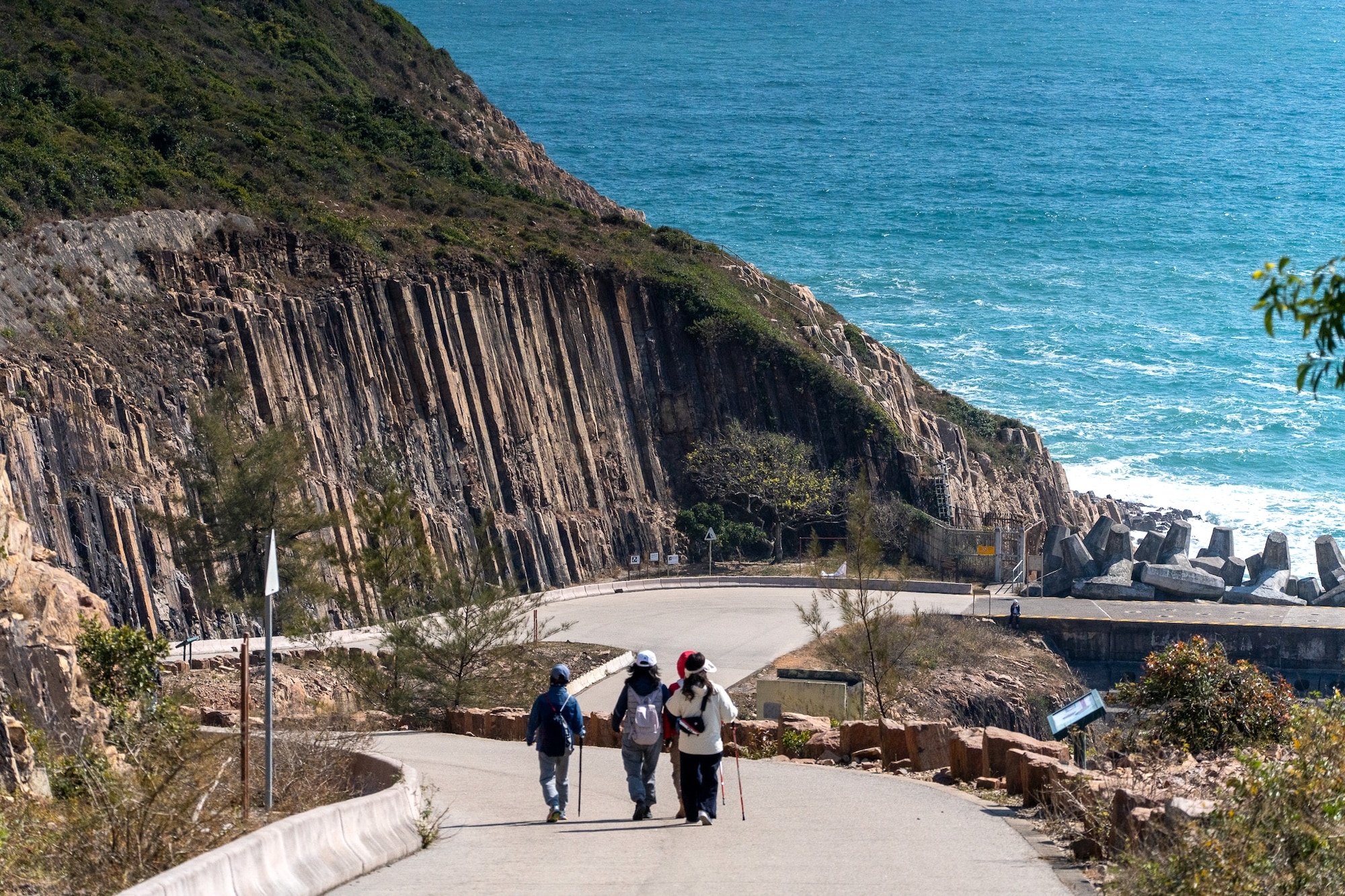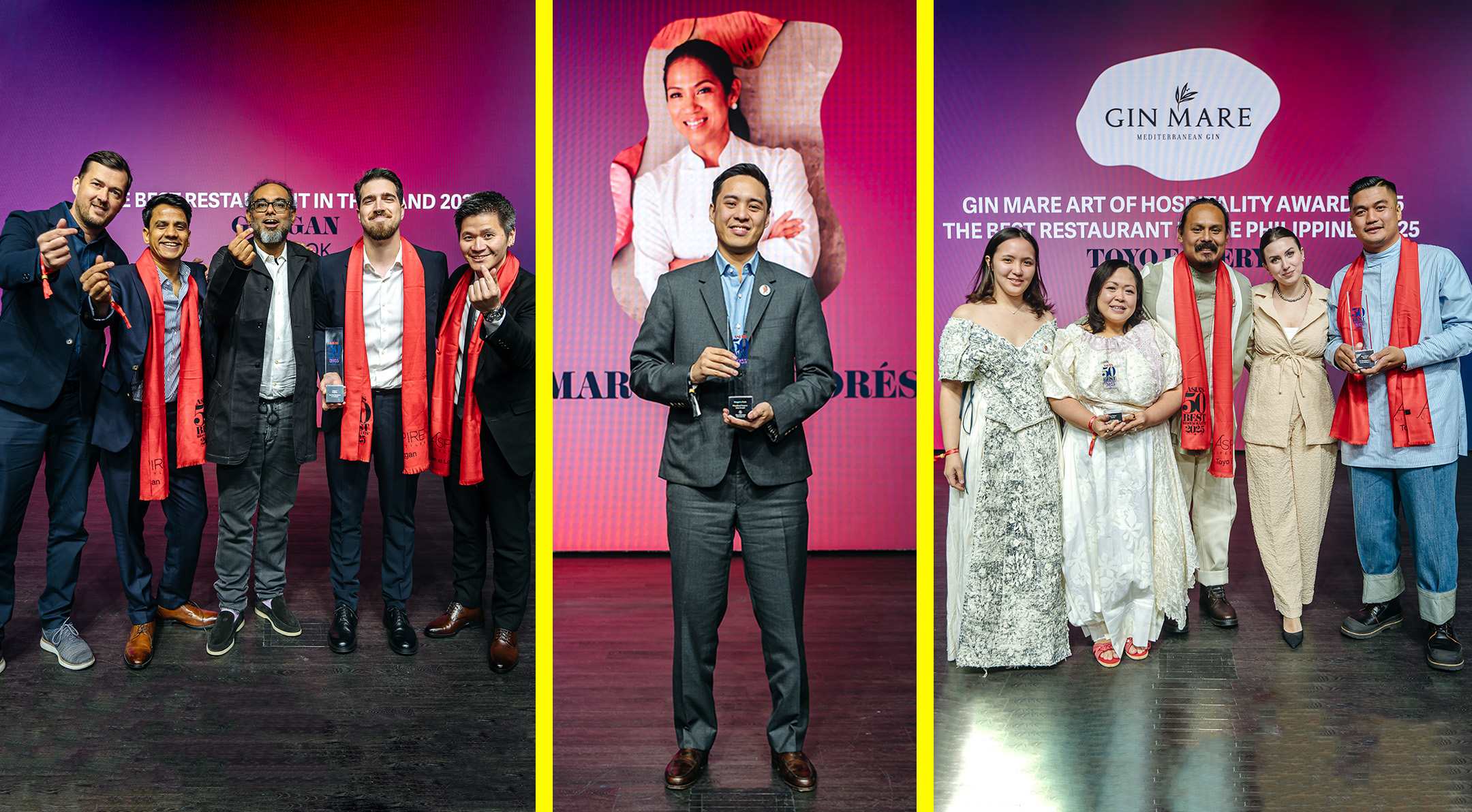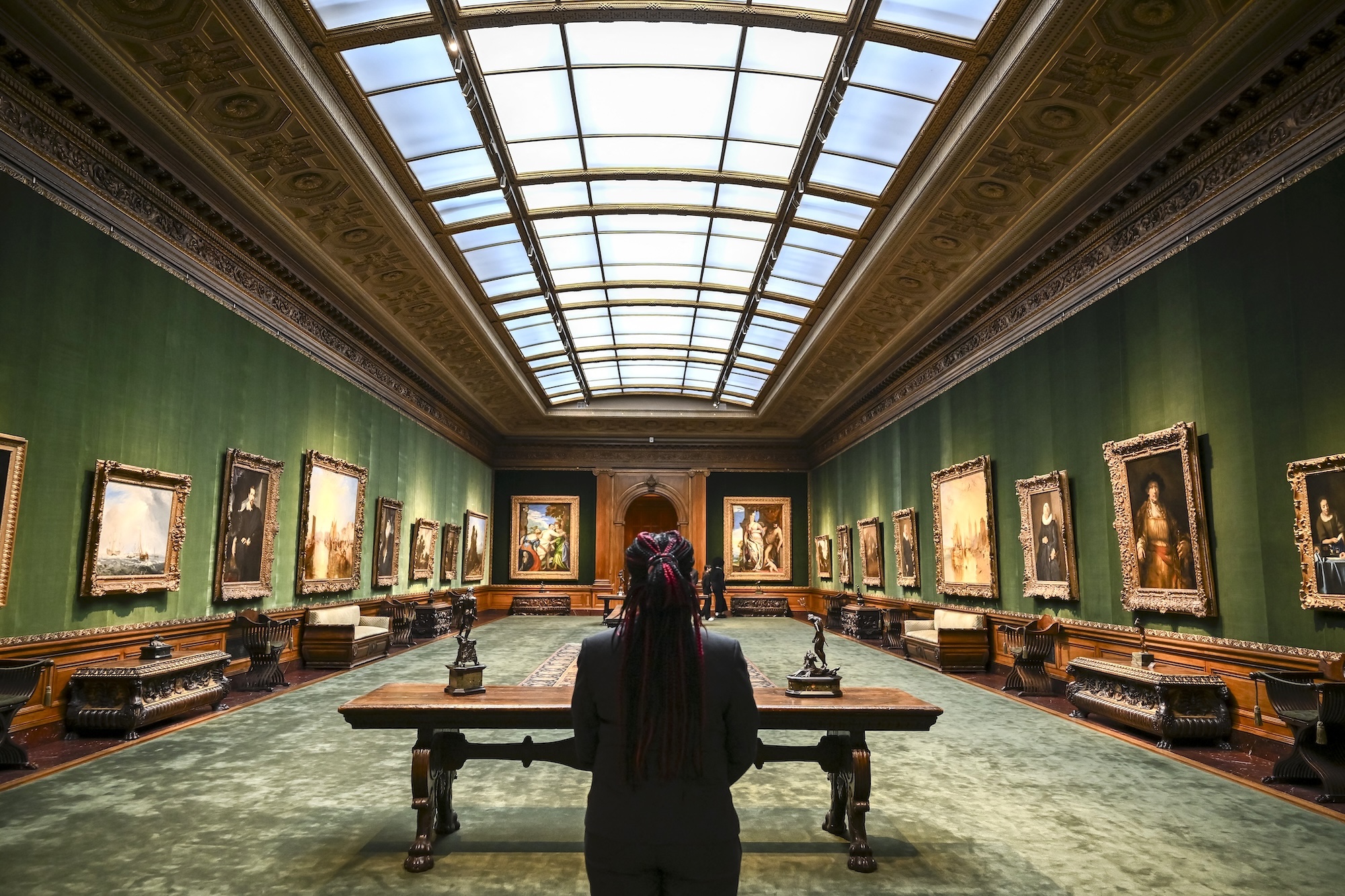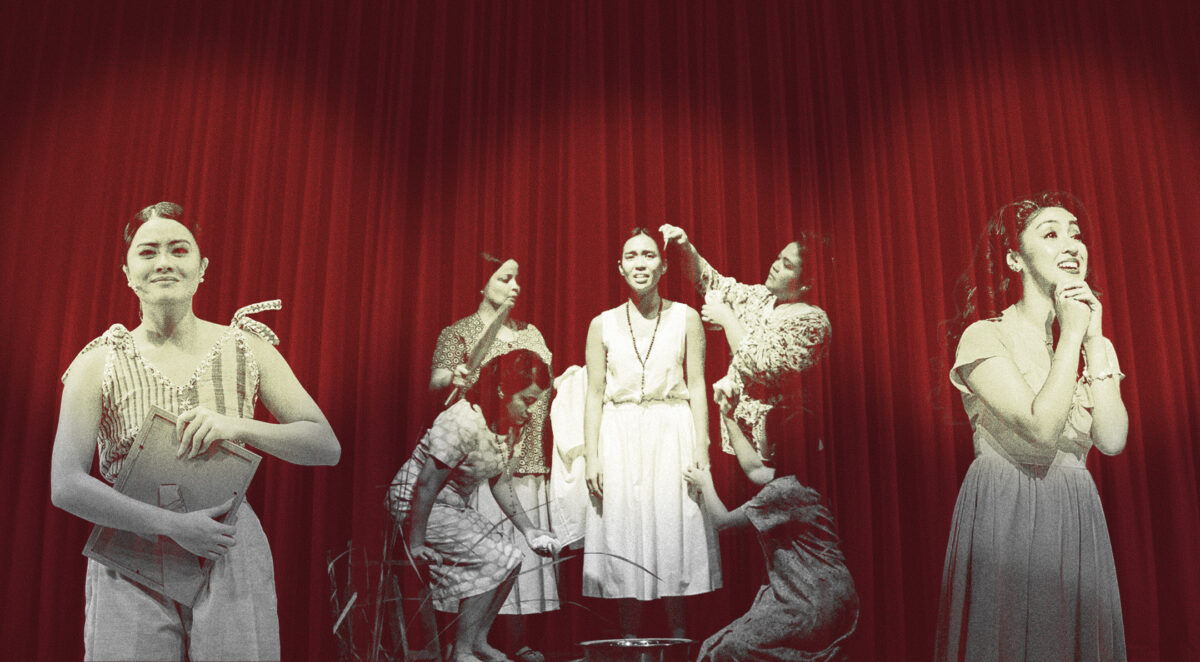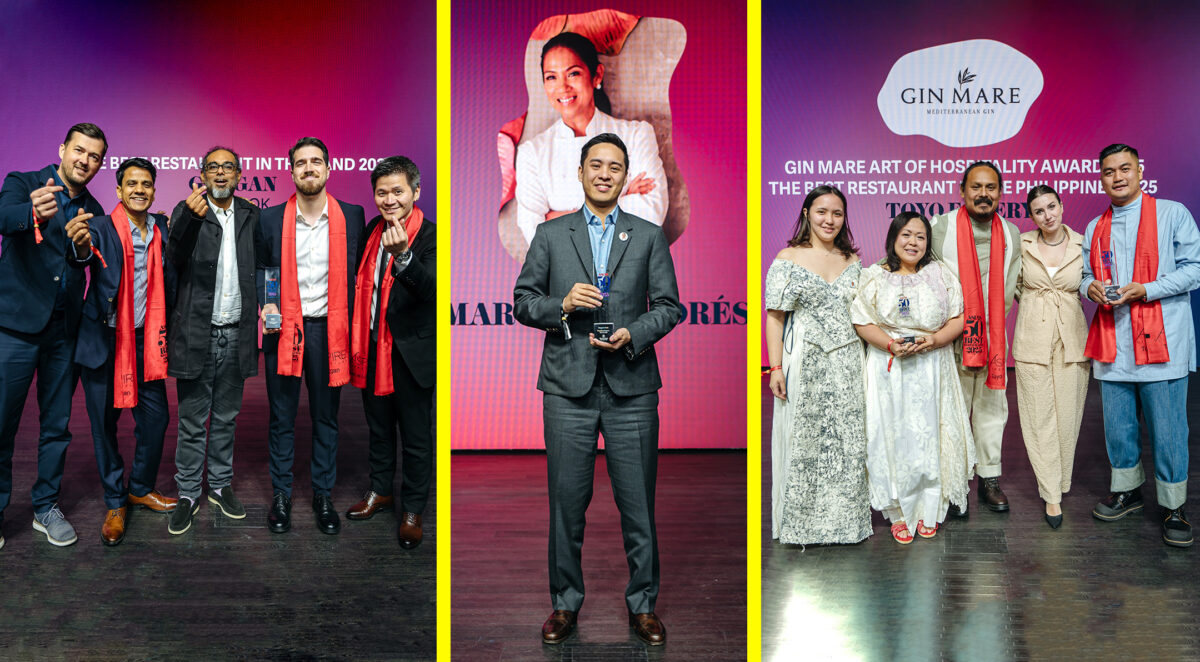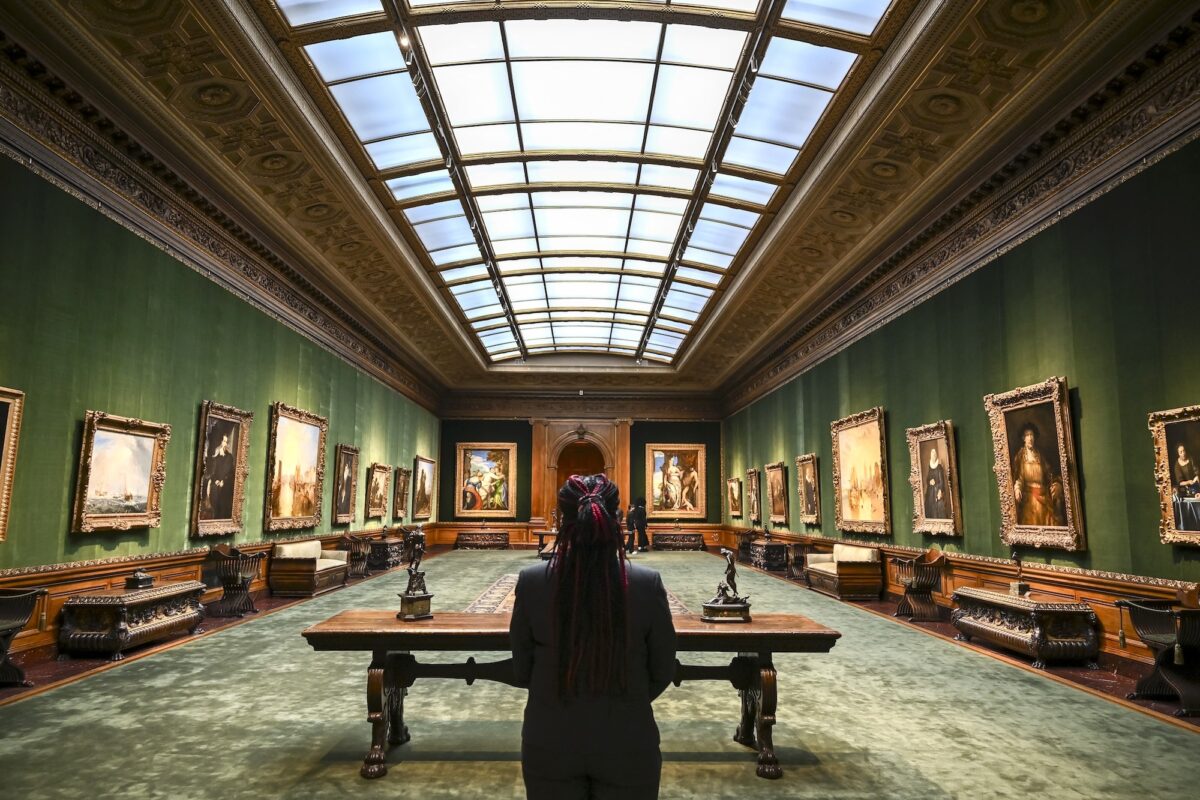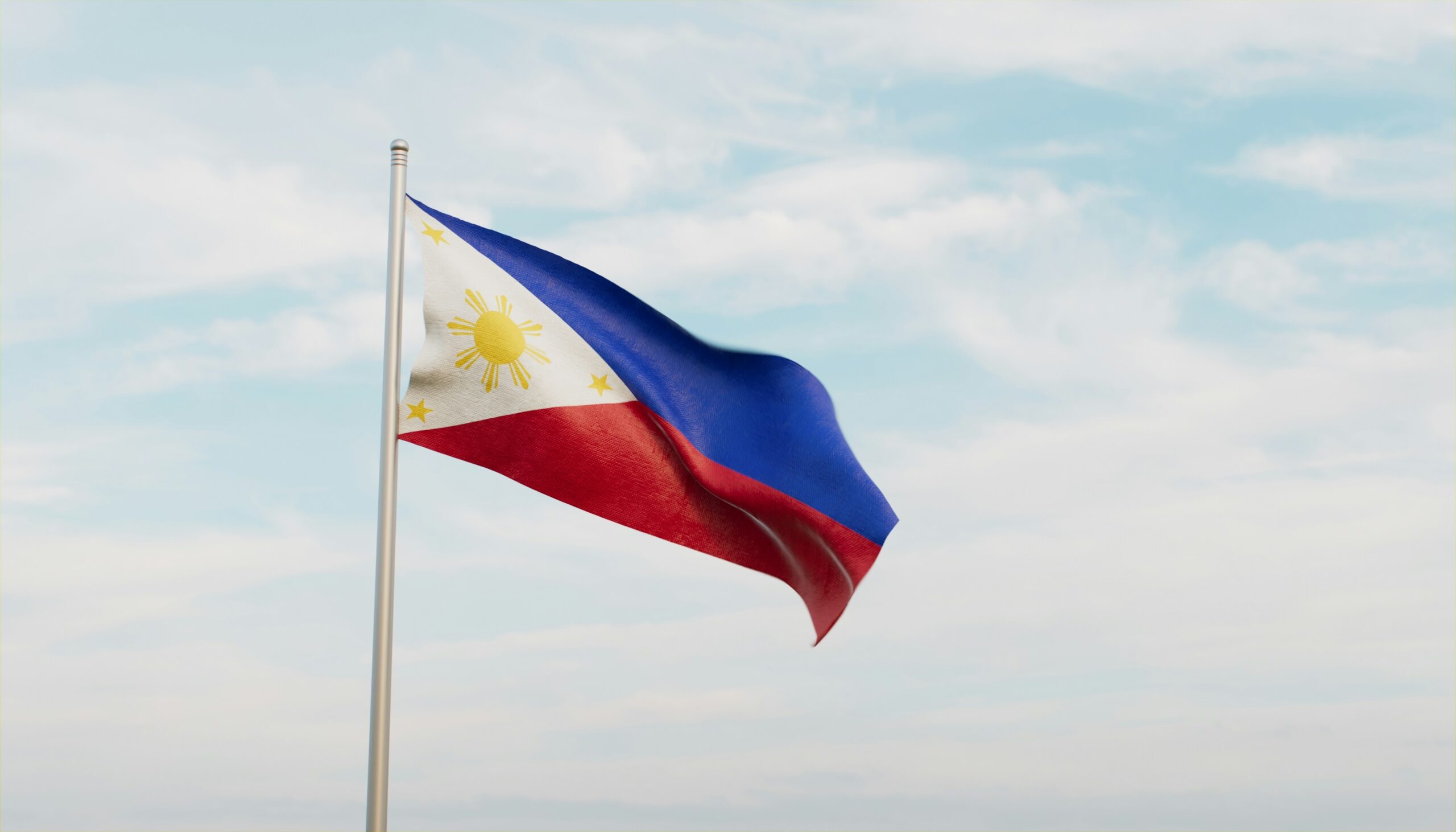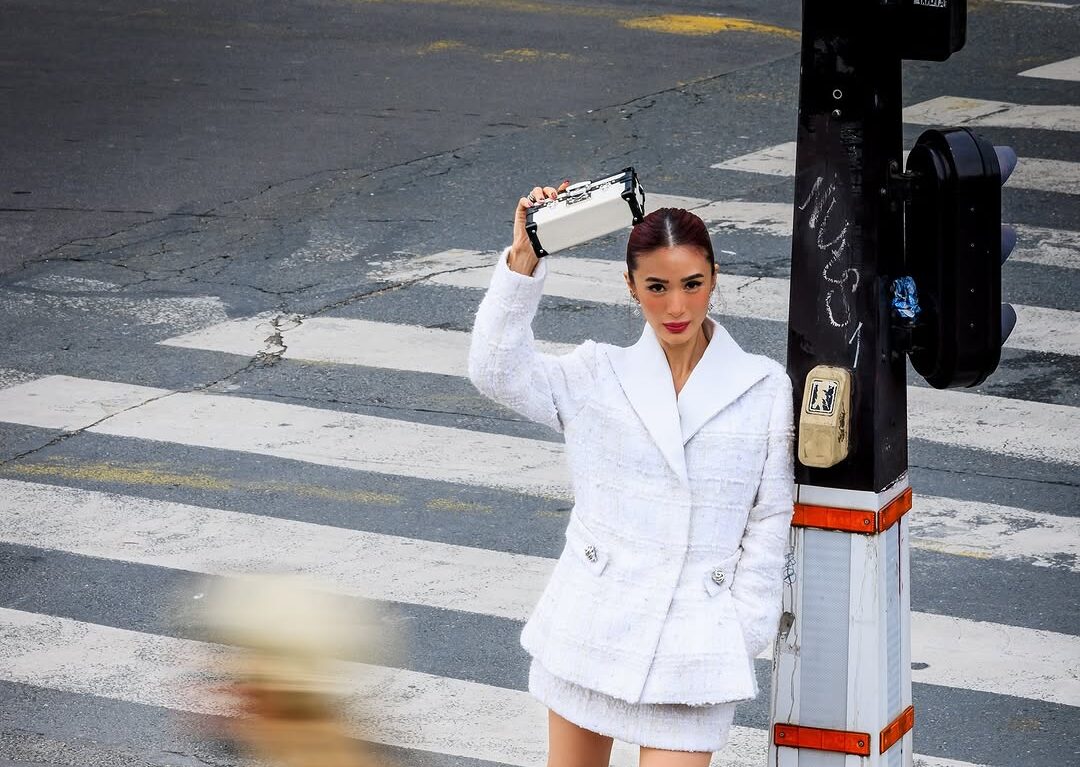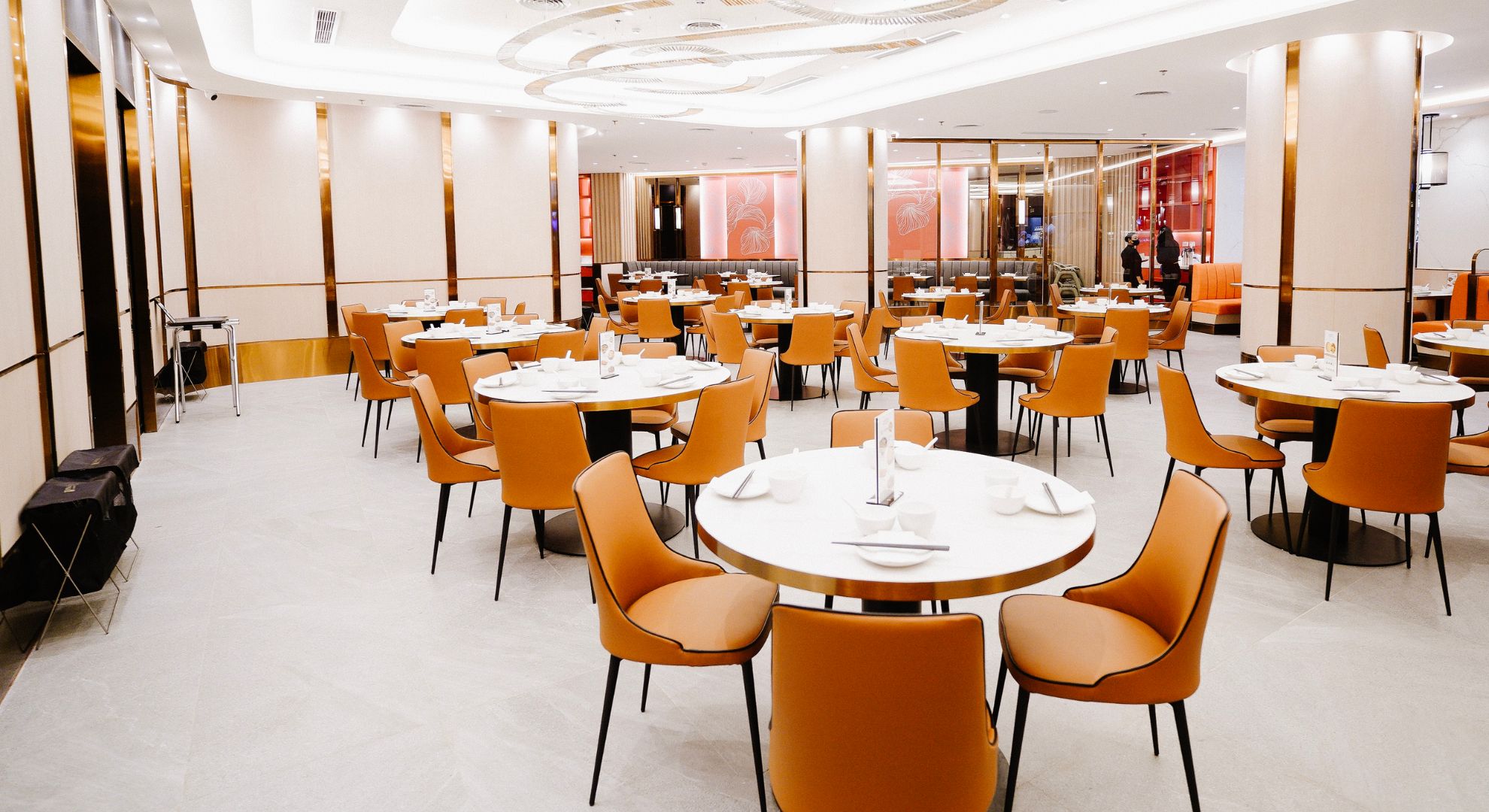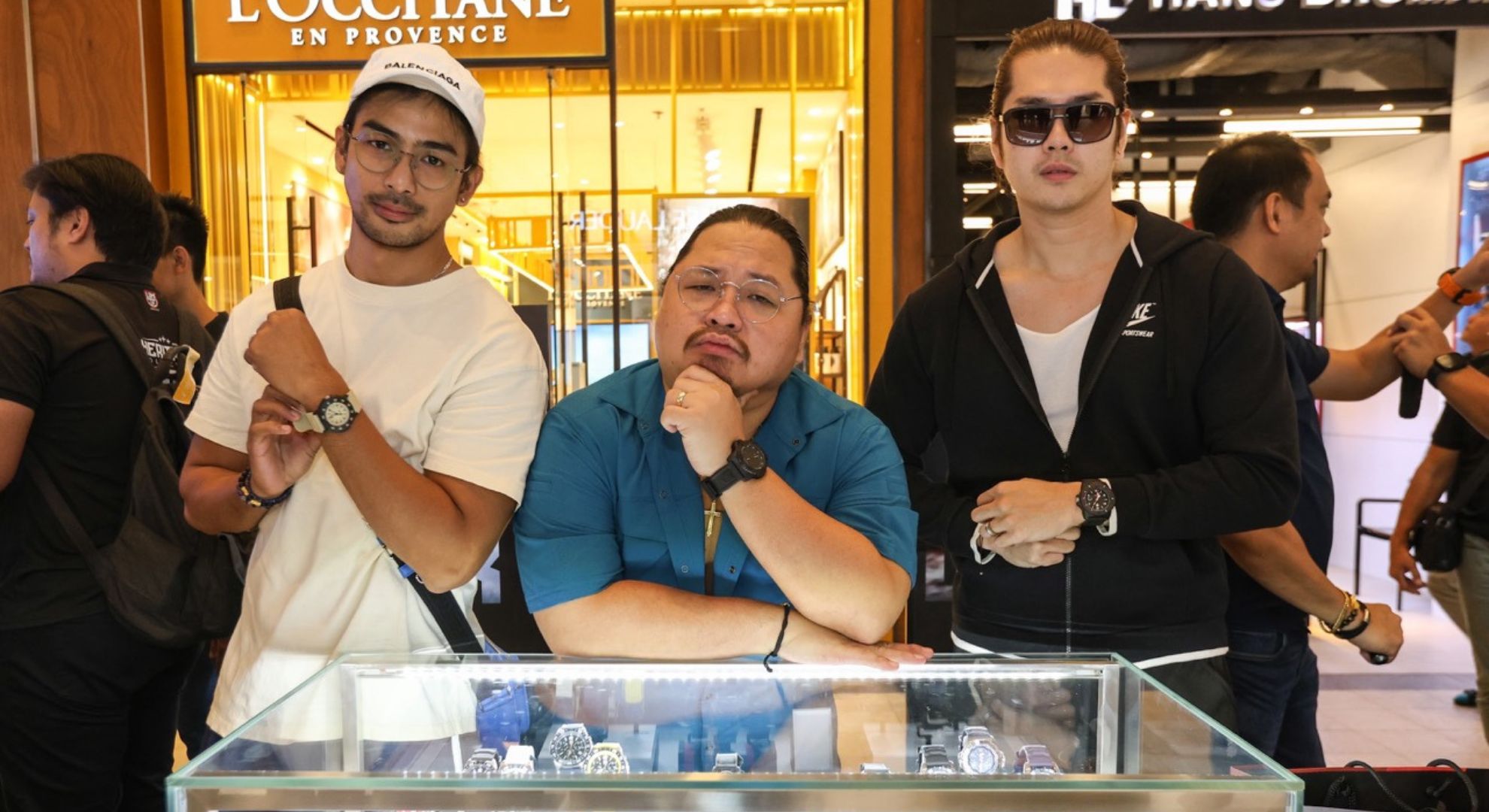Traveling to Hong Kong is a rite of passage for Filipinos but here’s how to explore the lively destination beyond Disneyland and Lan Kwai Fong
In a rather unsurprising reality, Hong Kong is very much a rite of passage for Filipinos. Take the visitor arrival statistics from January to November 2024 alone: The Hong Kong Tourism Board reports the Philippines as the second biggest tourism market outside mainland China and Macau, and just behind Taiwan with 1,047,646 visitors, a 59.5 percent jump vs. last year’s 657,032 tourist arrivals over the same period in 2023.
In November 2024, Hong Kong welcomed its millionth Filipino visitor to break the record of 930,000 visitors from the country by the same time in 2018.
Perhaps this is owing to Hong Kong’s proximity to the Philippines that Filipino travelers are mesmerized by the gaze of its neon-lit skylines and fun theme parks. Or, that the bustling city of over 7.5 million easily casts a spell over anyone awaiting the dynamic discoveries at its night markets, outstanding food scene, and emblematic landmarks.
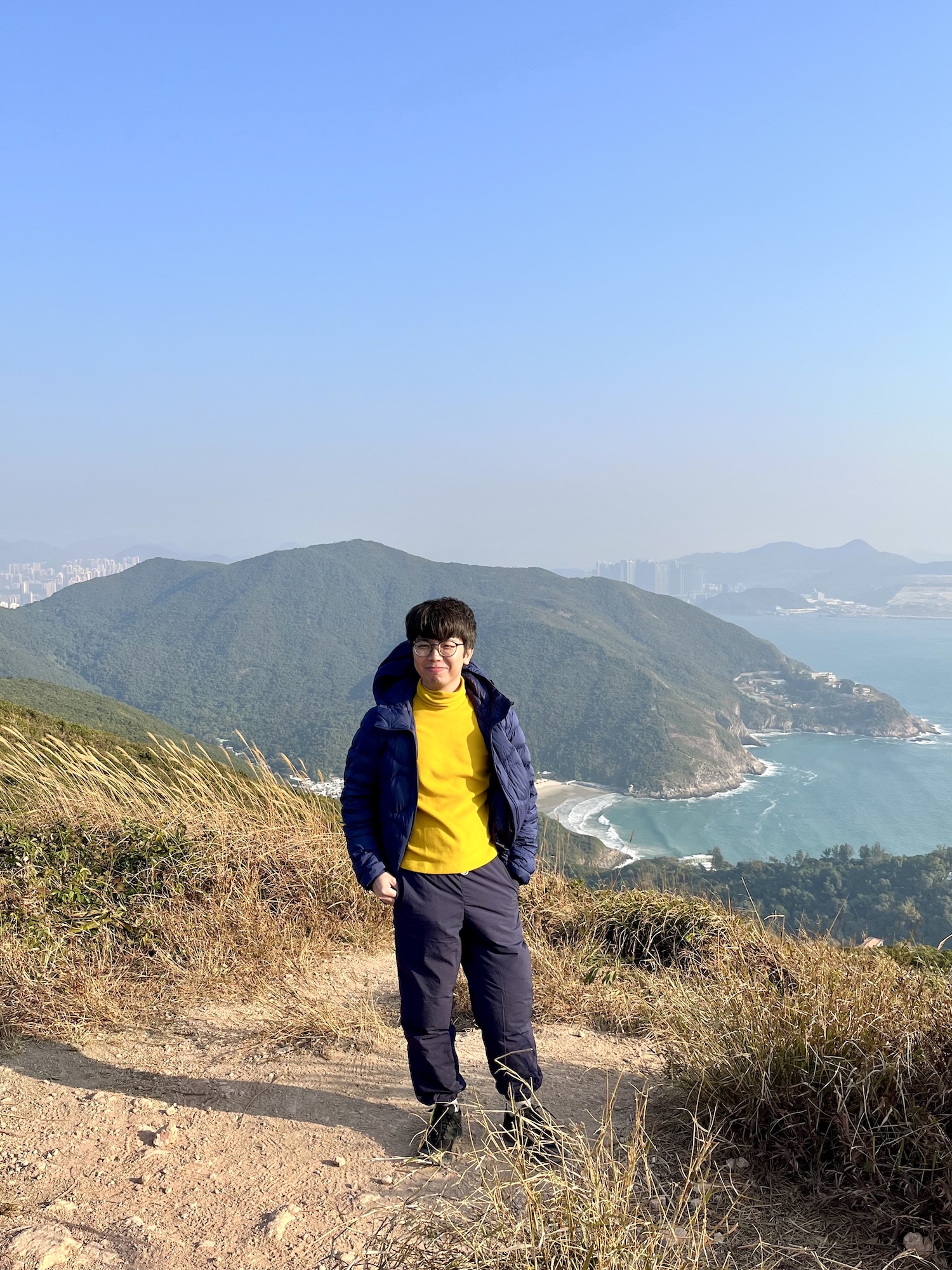
You could also chalk it up to its representation in Filipino films, such as “Hello, Love, Goodbye” featuring Kathryn Bernardo and Alden Richards or the 2024 Win Metawin and Janella Salvador movie “Under Parallel Skies.”
But propinquity and pop culture presence don’t just make for a particular place’s allure to a certain population. For some, like yours truly, there’s a personal narrative that constantly plays out to Hong Kong’s magnetic pull.
My first visit to Hong Kong in January 2016 marked an initial “test of friendship” in which a close friend and I both survived each other and a polar vortex that swept across the city and froze it down to as low as 3.1°C. In July 2019, I descended into the city once again to immerse myself at the “largest tech gathering in Asia” and then two months later, I found myself on a five-hour layover at Hong Kong International Airport as I made my way to Spain for a holiday.
This outdoors and wellness travel guide makes for an invaluable reintroduction to Hong Kong as more than just Asia’s World City
It all sounds as if Hong Kong isn’t for the faint of heart—what with the landscape and soundscape presumably built upon urgency and exuberance. Yet at the same time, there are a lot of feelings here that demand to be felt.
That to me is at the heart of Hong Kong as I discovered on a six-day trip just this January 2025. Even in its more reflective, introspective facets often relegated to the sidelines by tourists, Hong Kong opens its patchwork of peaceful destinations to anyone willing to embrace them.
Who did we find? What did we feel? Where did we go? Why did we dwell? How did we arrive? The answers may not be what you expect but this outdoors and wellness travel guide makes for an invaluable reintroduction to Hong Kong as more than just Asia’s World City.
Stay at an artsy hotel with a side of tai chi and sustainability
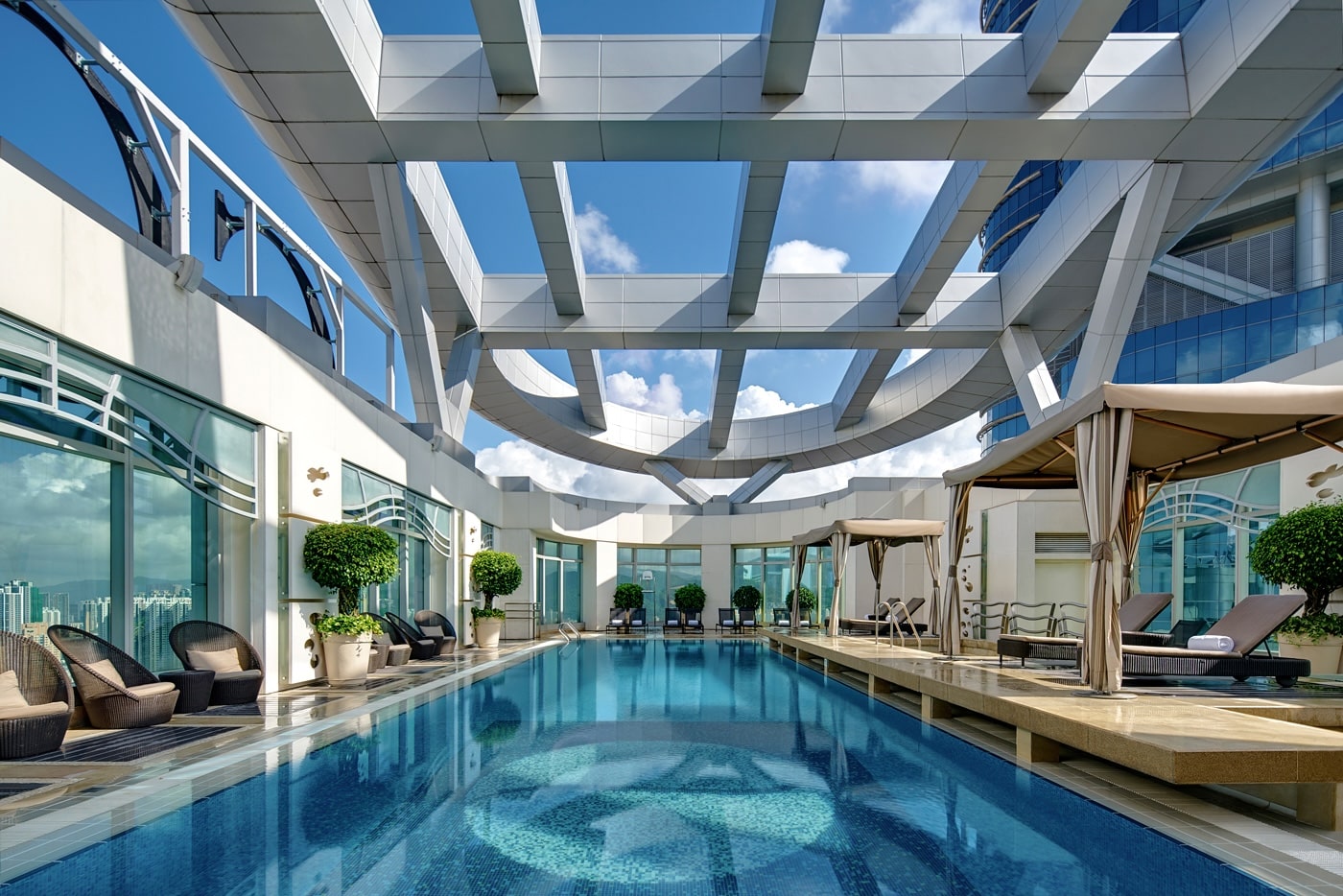
Mong Kok may not always be the first in mind when it comes to getting away from everything (it does, after all, translate to “busy or crowded corner”) but Hong Kong’s most popping district is home to the five-star, 42-floor hotel that diffuses the energy of the surroundings with its own vibe. Cordis, Hong Kong is a guiding light in Kowloon swathed in art, sustainability, and glamour.
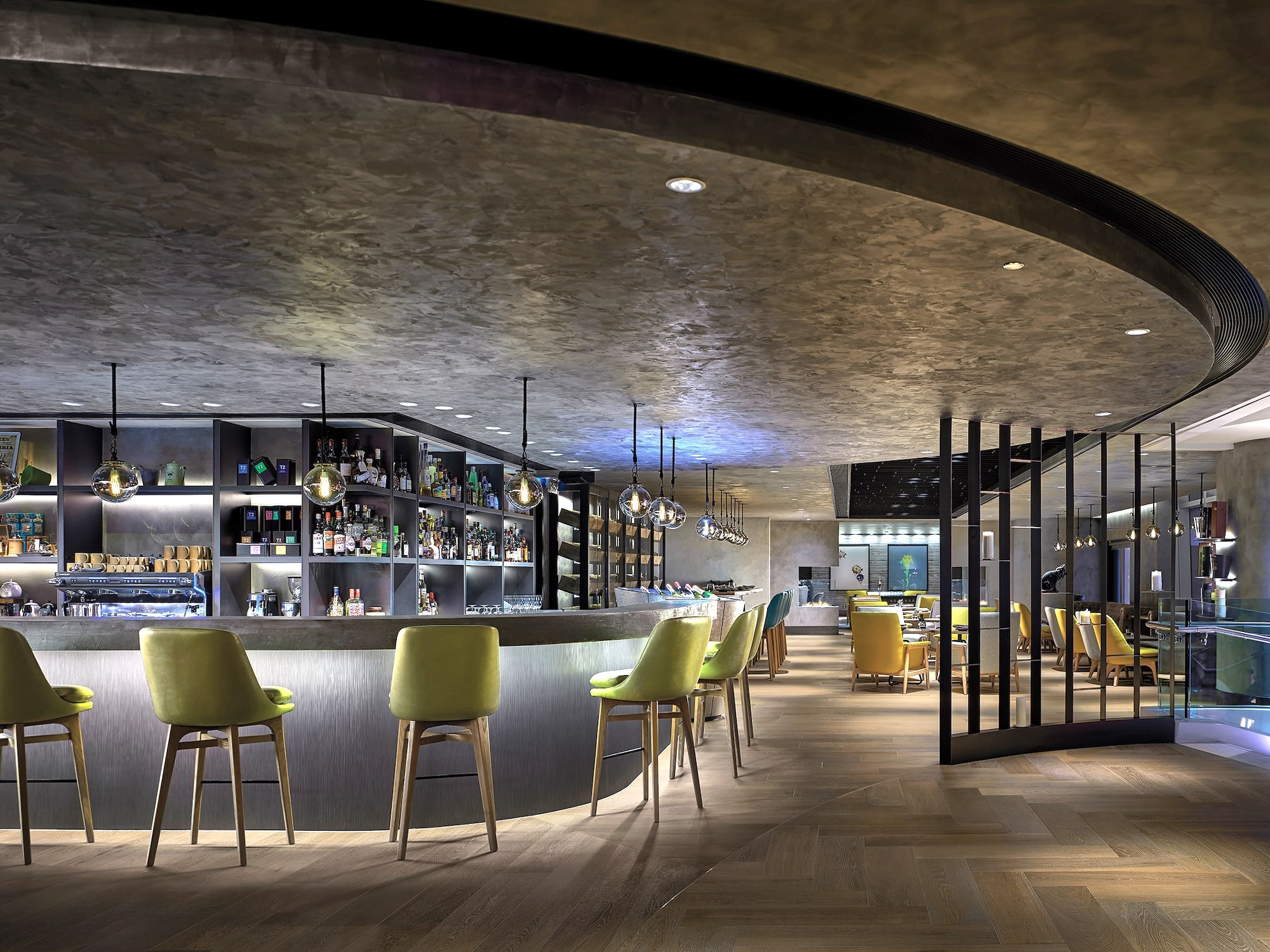
When you’re not participating in Master Cheung’s amusing Tai Chi class in the morning on the rooftop outdoor swimming pool or embarking on a self-guided tour of Cordis’ over 1,500 contemporary Chinese art strategically put on view in the lobby and various public areas, you can ditch the comforts of your tastefully outfitted room in favor of a modern high tea experience at Alibi, a traditional Chinese medicine treatment at Chuan Spa, or, if you’re staying at a club suite, sunset spotting at Club Lounge’s Instagram-worthy swing cradles.
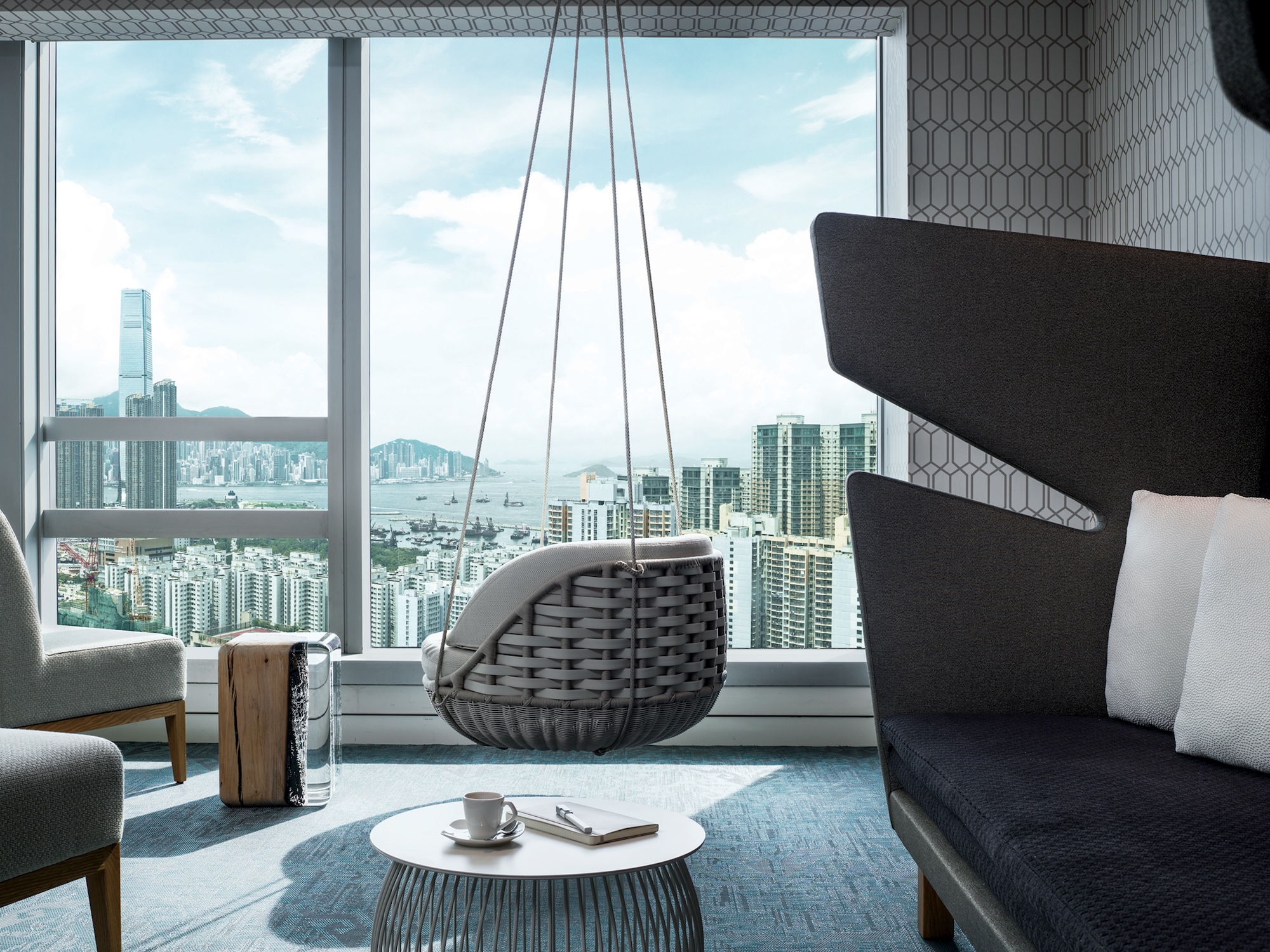
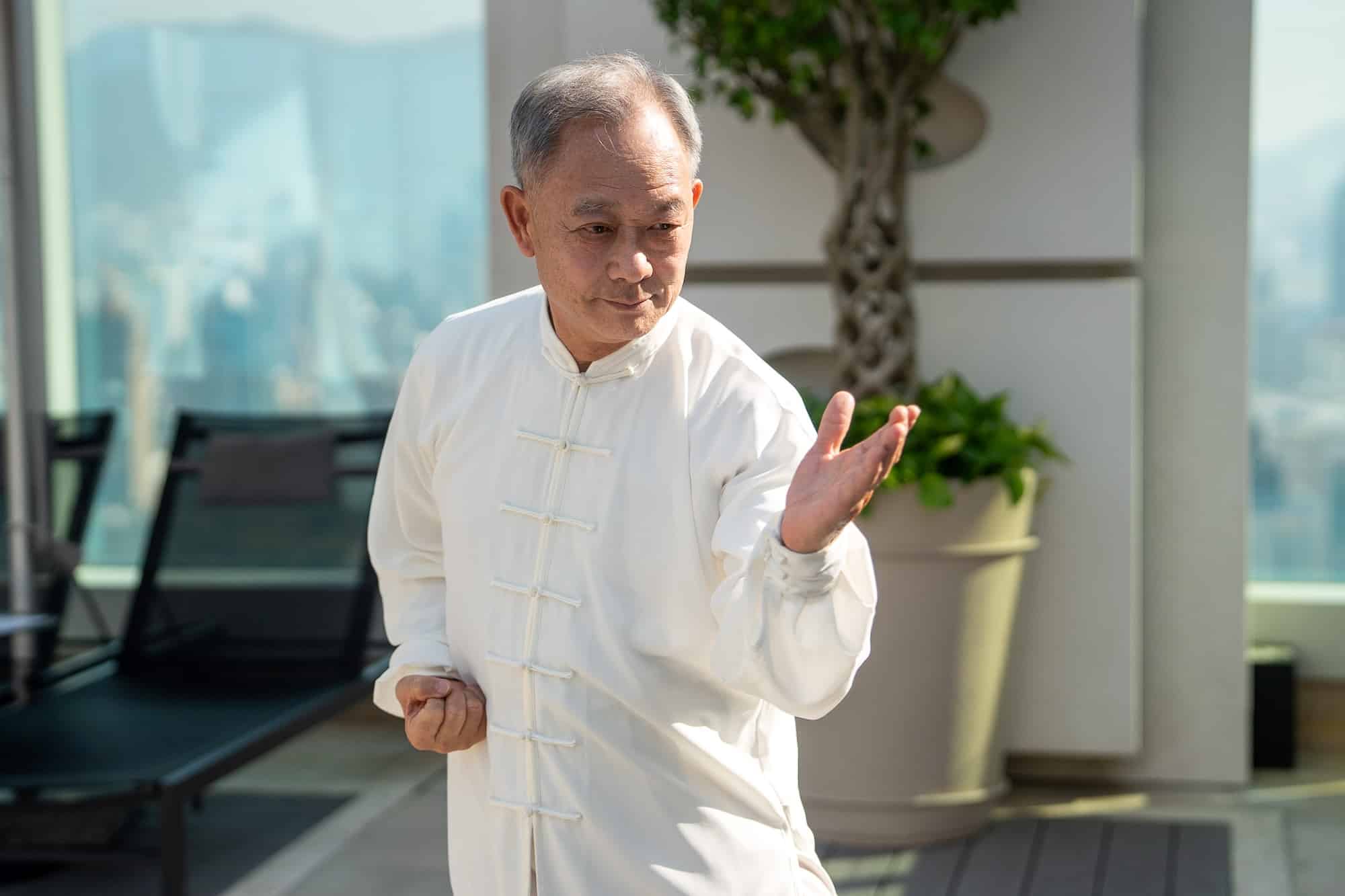
You’d also be thrilled to know that despite bundling up in glitz and glamour, Cordis is committed to its sustainability efforts, thanks to its EarthCheck Master Status that signifies its over 15 years’ dedication to environmental sustainability. Clearly, Cordis is a fantastic base for anyone about to embrace Hong Kong’s great outdoors. Or even just Ming Court’s Michelin-starred Cantonese cuisine and wine tasting.
Scale different peaks and cycle along a dam

Everyone knows the main points of a Hong Kong trip are usually centered around its shopping, gastronomy, and nightlife but the region is also an easy contender for a fantastic outdoors-focused getaway.
And you’d be hard-pressed to find something more breathtaking yet relaxing than Hong Kong’s back garden, Sai Kung. One of its most famous trails is the High Island Geo Trail, largely due to its location right next to the High Island Reservoir “created after two large dams blocked a narrow channel between High Island and the eastern side of Sai Kung Peninsula.”
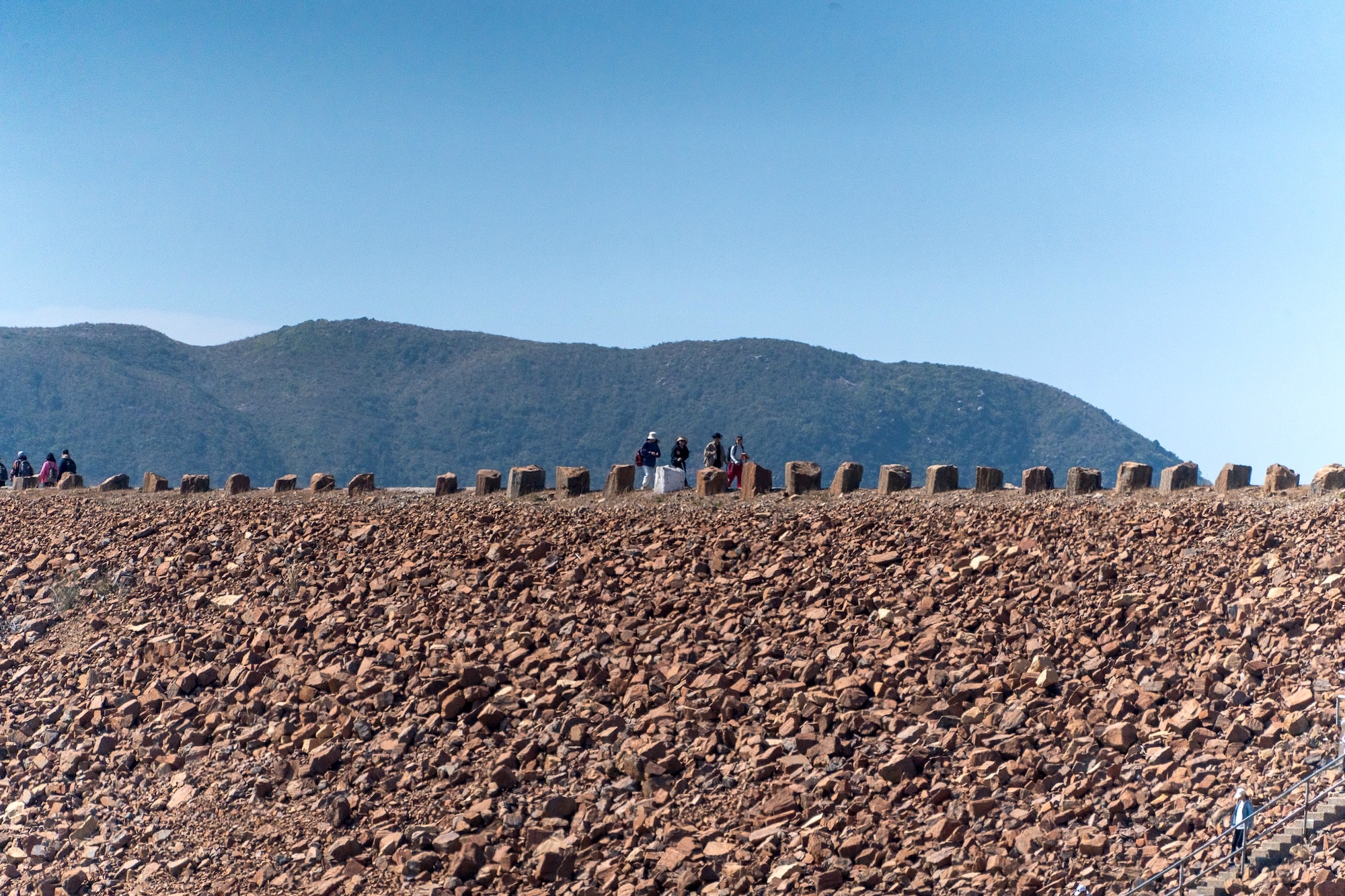
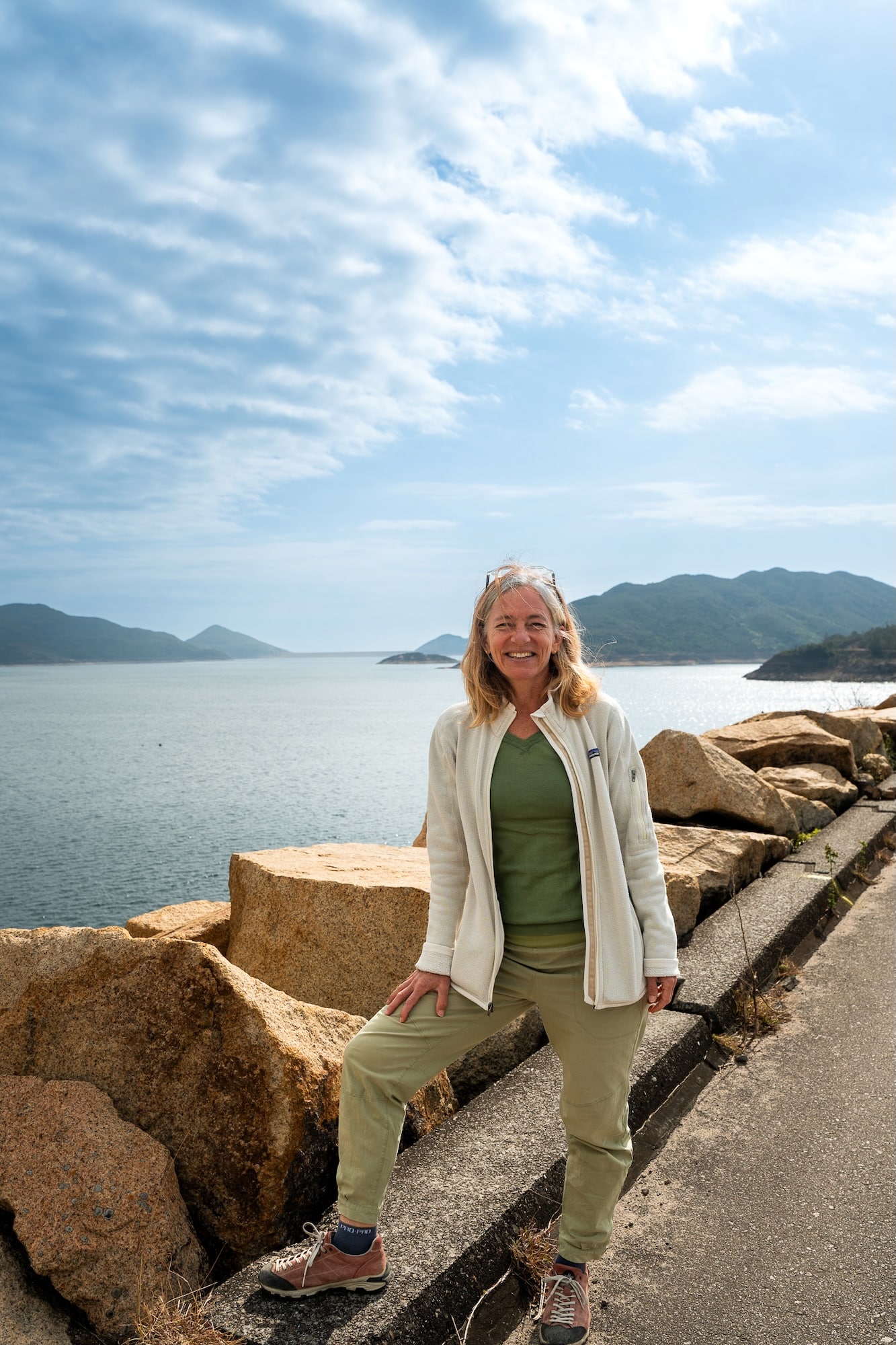
The drive to the East Dam jumping off point reveals Hong Kong’s agricultural past as roaming cows enjoy their best lives around the hilly landscape. According to Swiss national and Walk Hong Kong tour guide Gabi Baumgartner, prior to the 1970s, Hong Kong utilized cows for agricultural production but since the need for farmlands dwindled, so did the need for cows. “What you see are the descendants of the cows who were set free when the farmers didn’t need them anymore,” says Baumgartner.
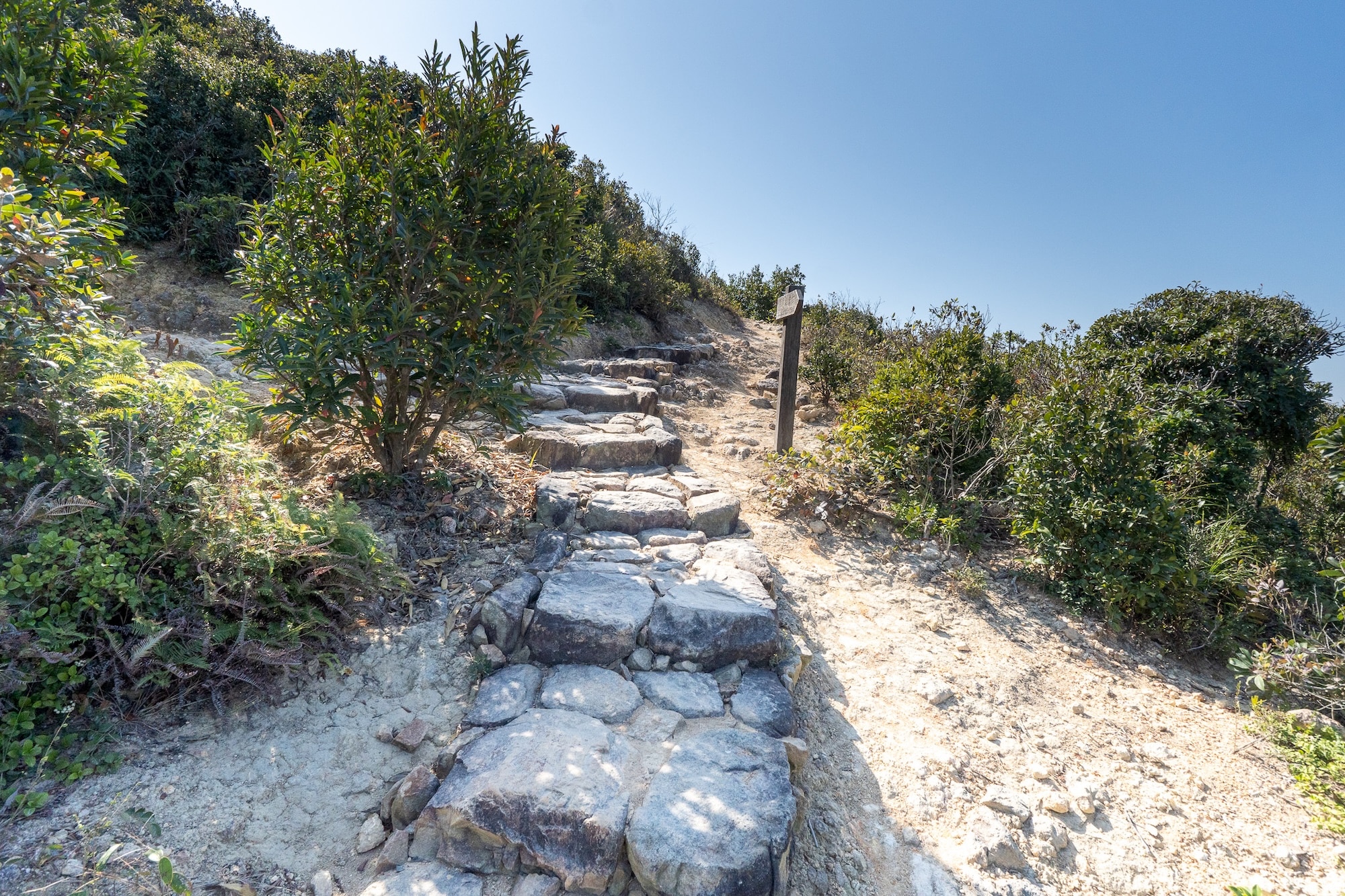
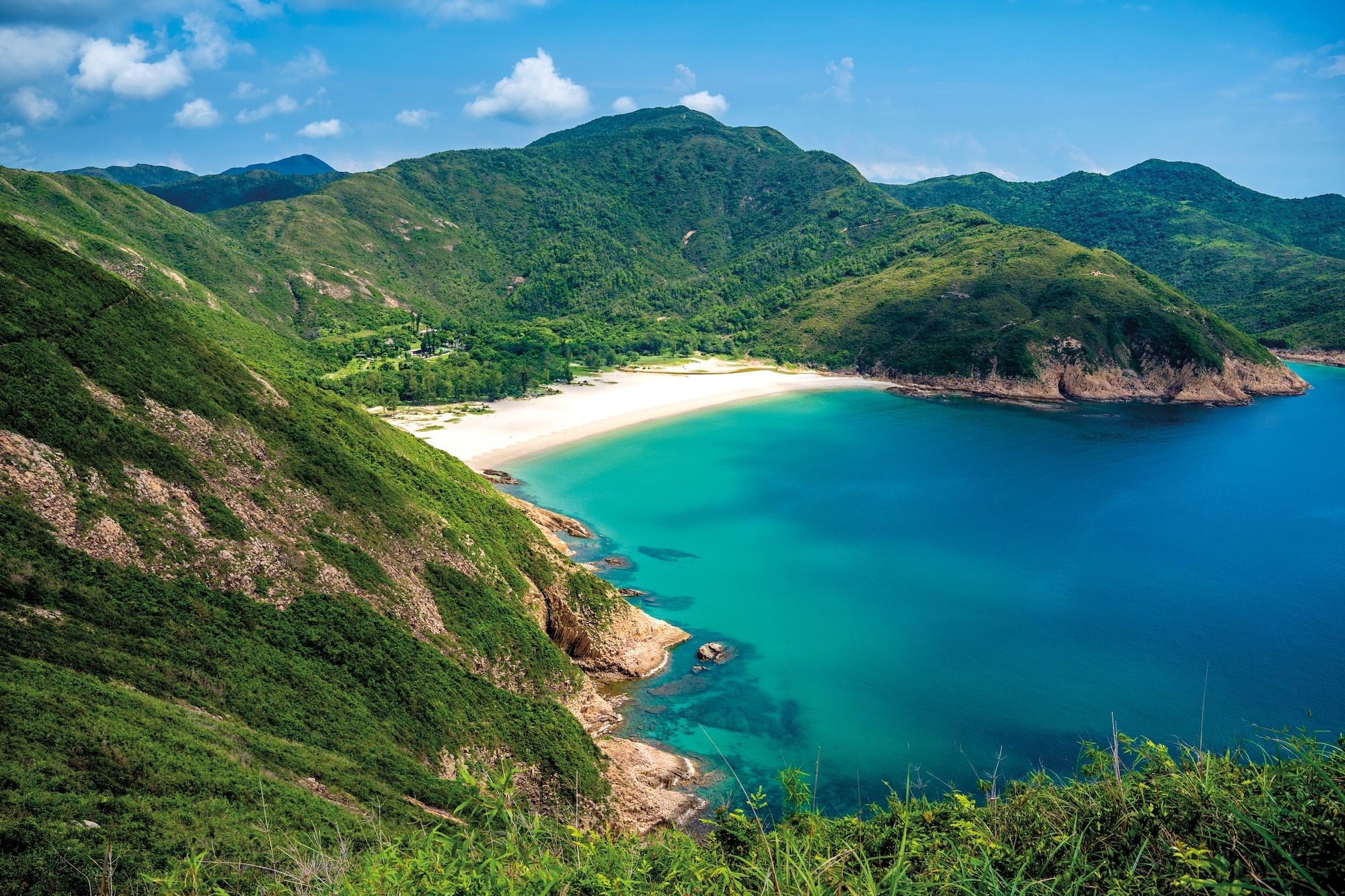
Snaking your way through the East Dam point of departure—which itself offers dreamy views and includes a section of the 100-kilometer MacLehose Trail—the hike up the Biu Tsim Kok viewpoint is undulating and rocky but fairly easy. Once you reach the top at just over 170 meters, you will feel energized as ever as you soak in the sun-drenched hexagonal rock columns dating back to over 140 million years ago as well as the vast Long Ke Wan bay and the beautiful Long Ke Beach that make itself more visible as you descend the trail.
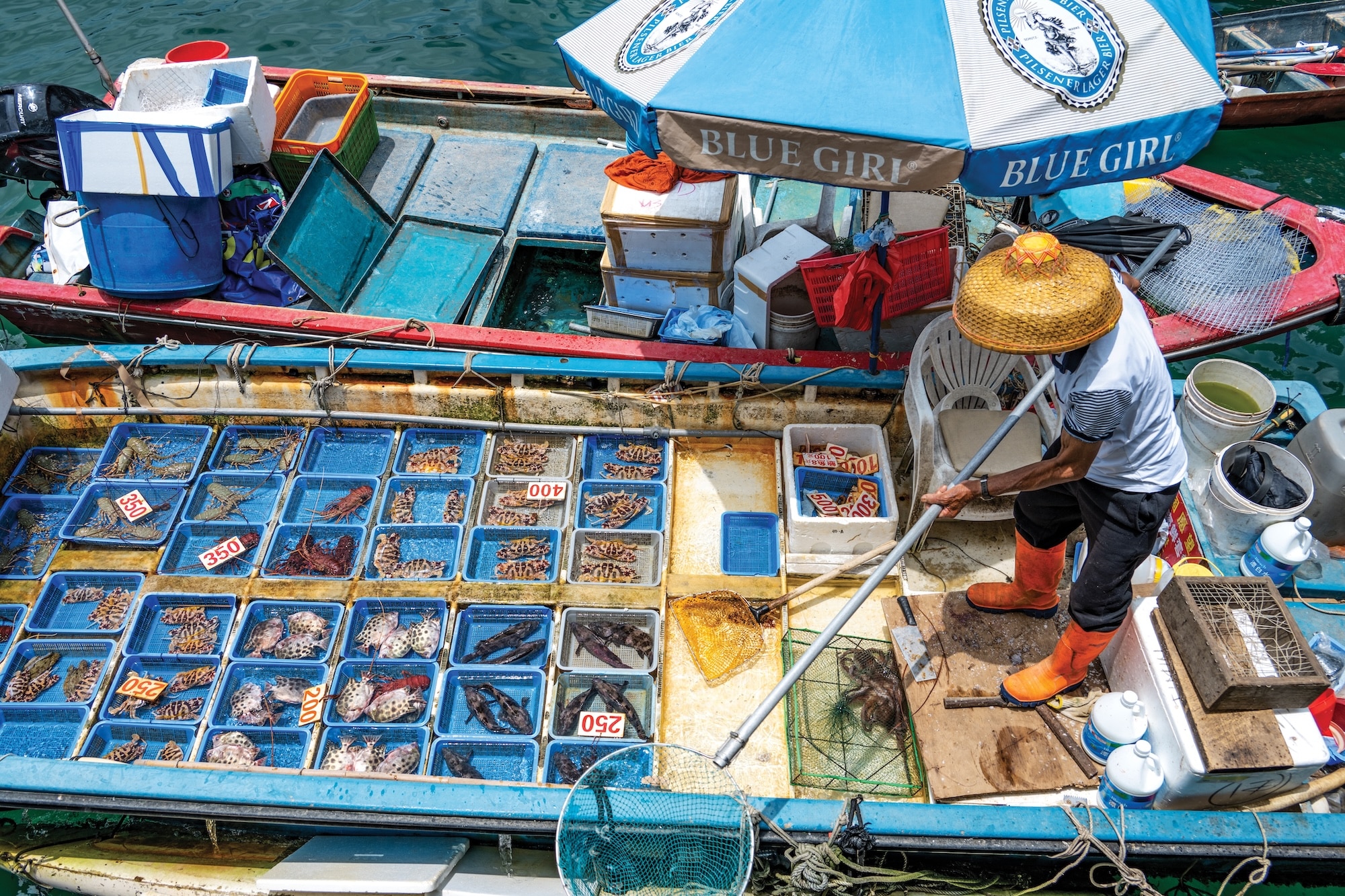
Stop by for lunch at Turtle by the Sea in Sai Kung Public Pier for hefty servings of fish and chips and serene sights from the al fresco dining area, then explore Seafood Street lined with restaurants (and their tanks filled with tiny shrimps and massive groupers) on one side and fisherfolk on boats down at the promenade peddling their freshest catches of the day.
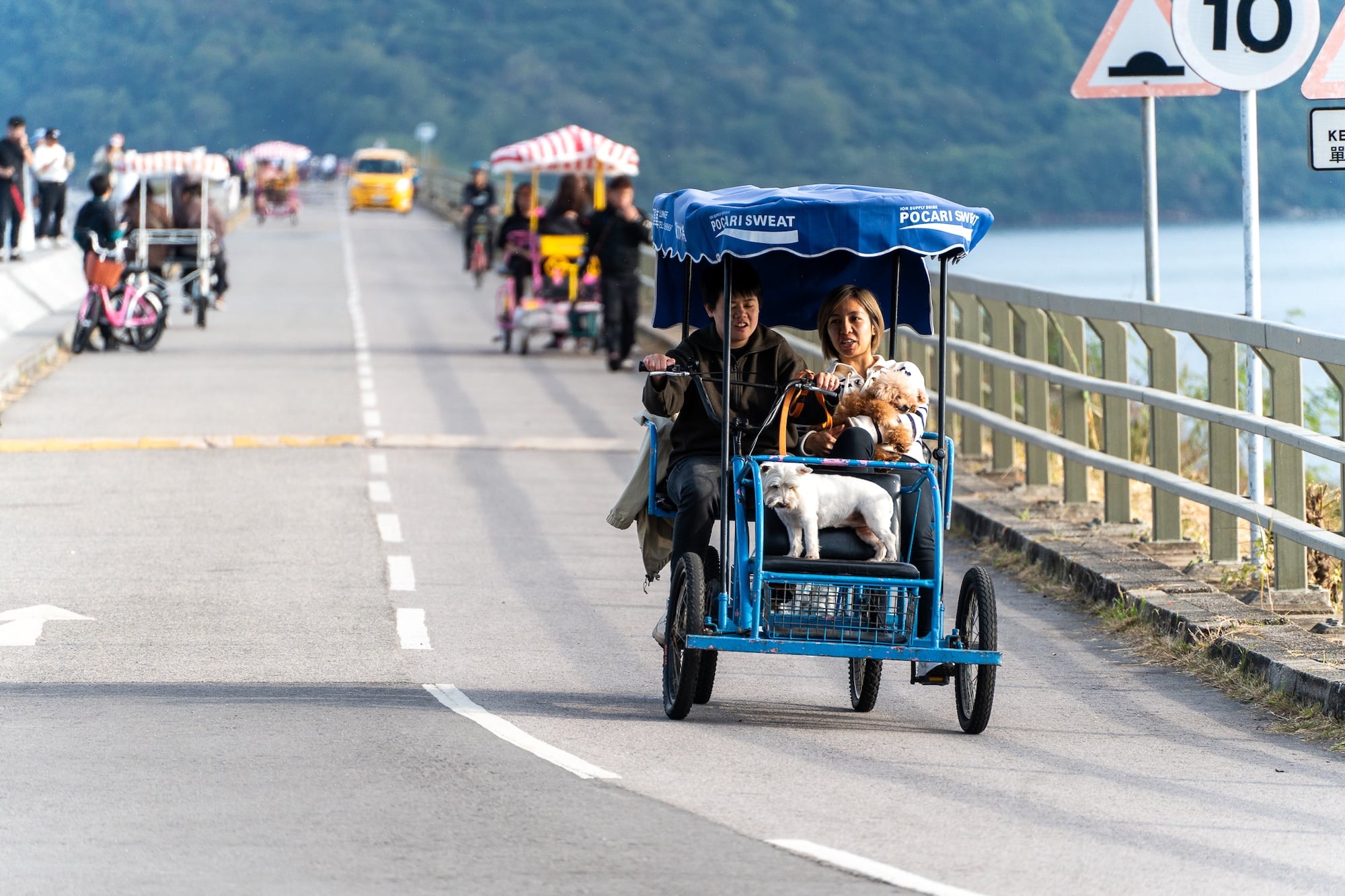
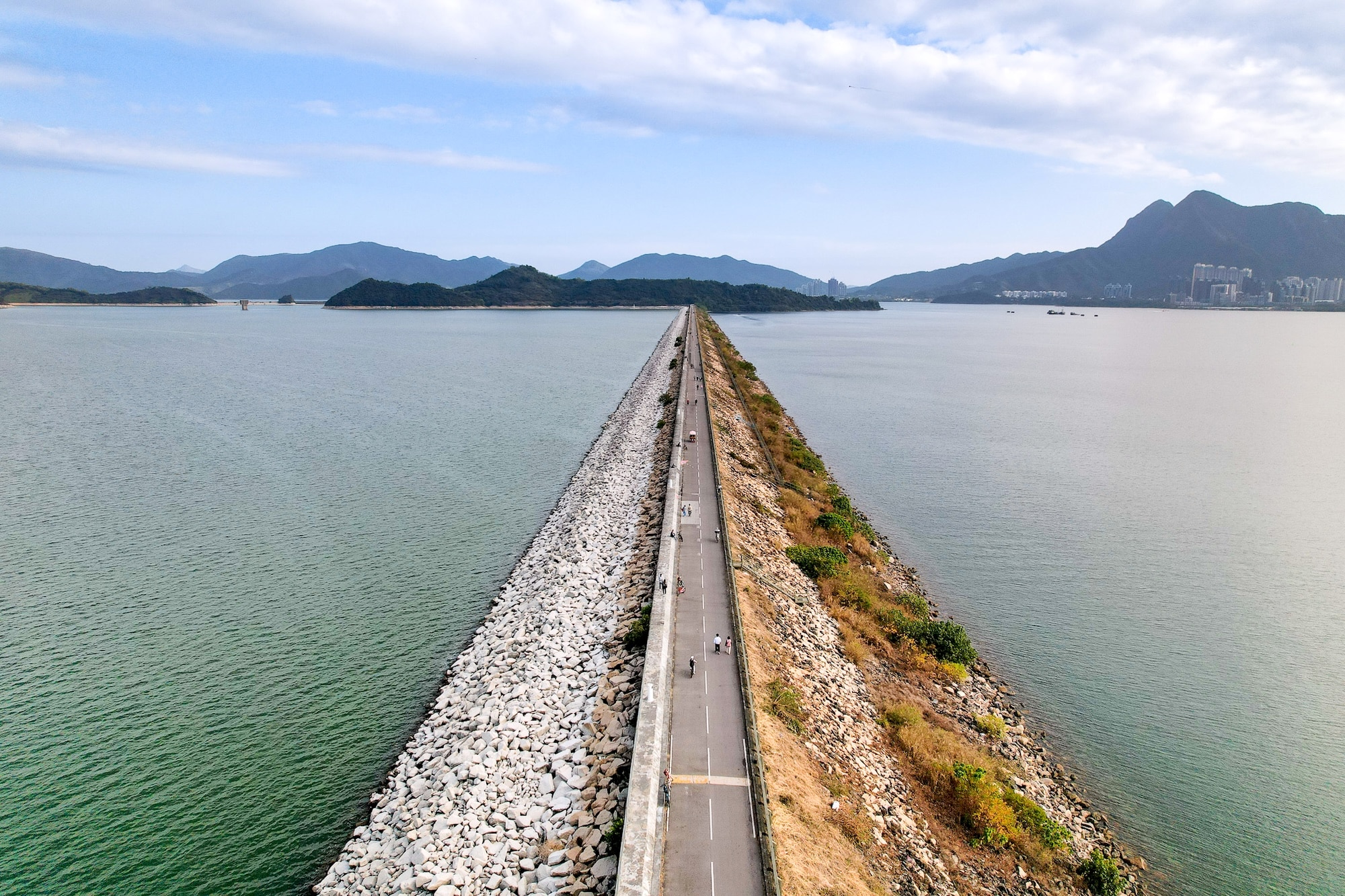
When you’ve had your fill of fuel, set off to Plover Cove Reservoir Dam. Dubbed a “reservoir in the sea,” it’s the stuff of anime slice of life hurtling along the two-lane concrete road on two wheels while the rest of the visitors take in the sights, fly kites, or simply kick back as the sun sets over the calm waters.
Ride the dragon’s back
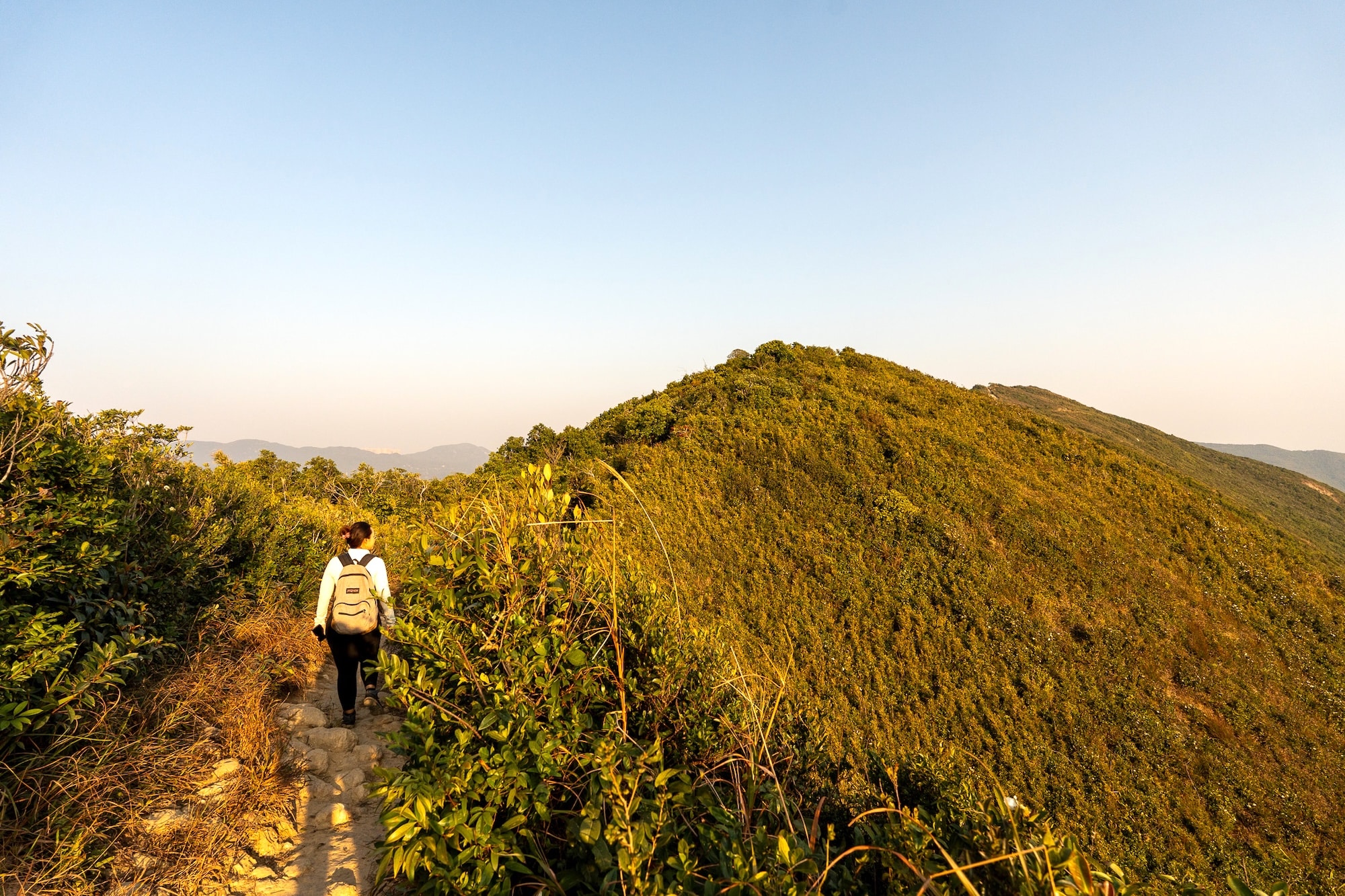
With a name as whimsical as Dragon’s Back, this scenic hike that begins off the To Tei Wan bus stop is every bit as rewarding as the journey to get to its tail end.
But don’t fret, you don’t need to finish the entire 8.5-kilometer trail to witness its lofty beauty; the various stops and checkpoints along the way rising out of forested parts, rocky and stone-paved paths, exposed tree roots, and airy clearings offer endless views of the sun, sky, and sea—as if the dragon itself is demanding you to celebrate its dance in the heavens.
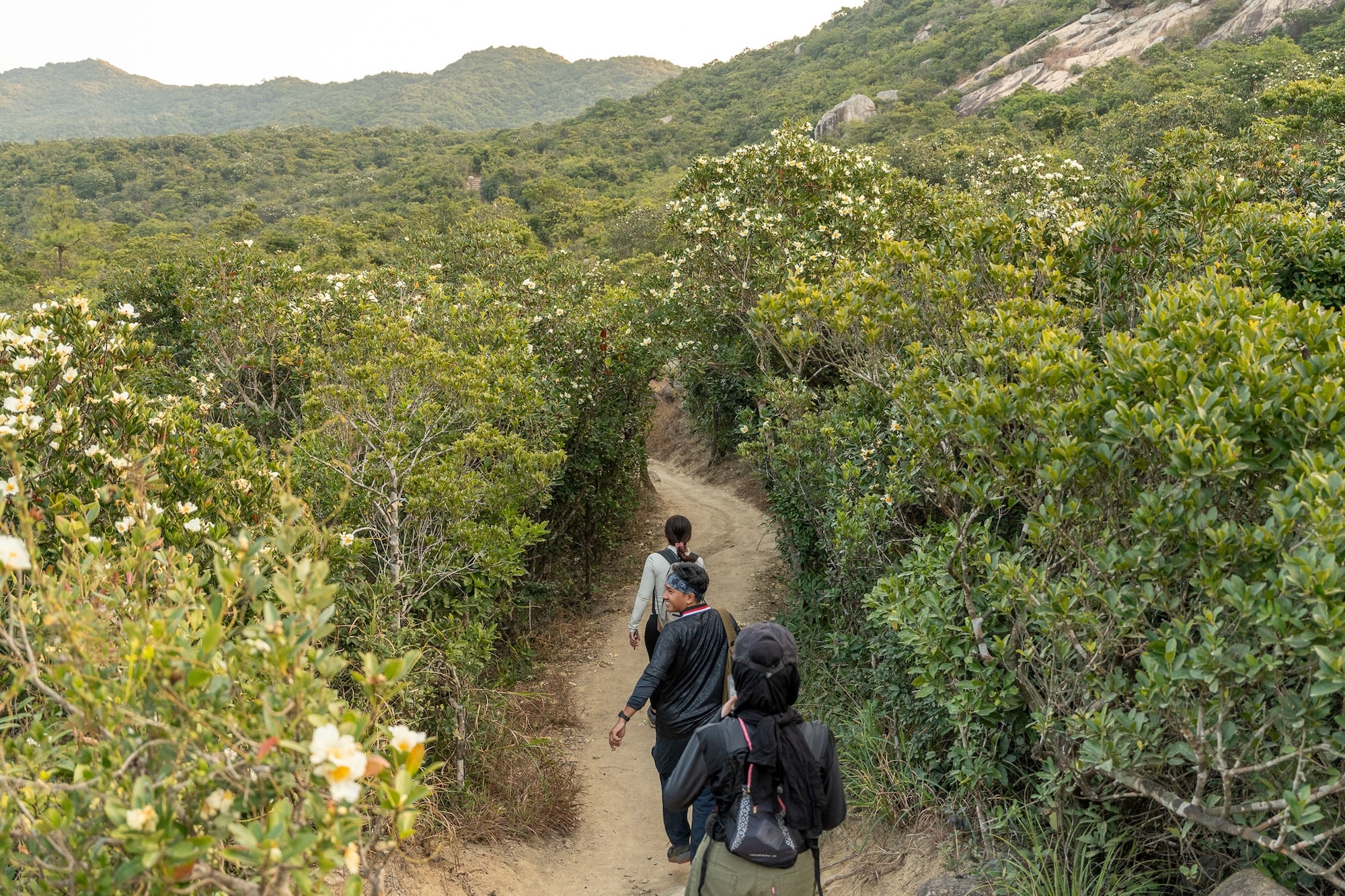
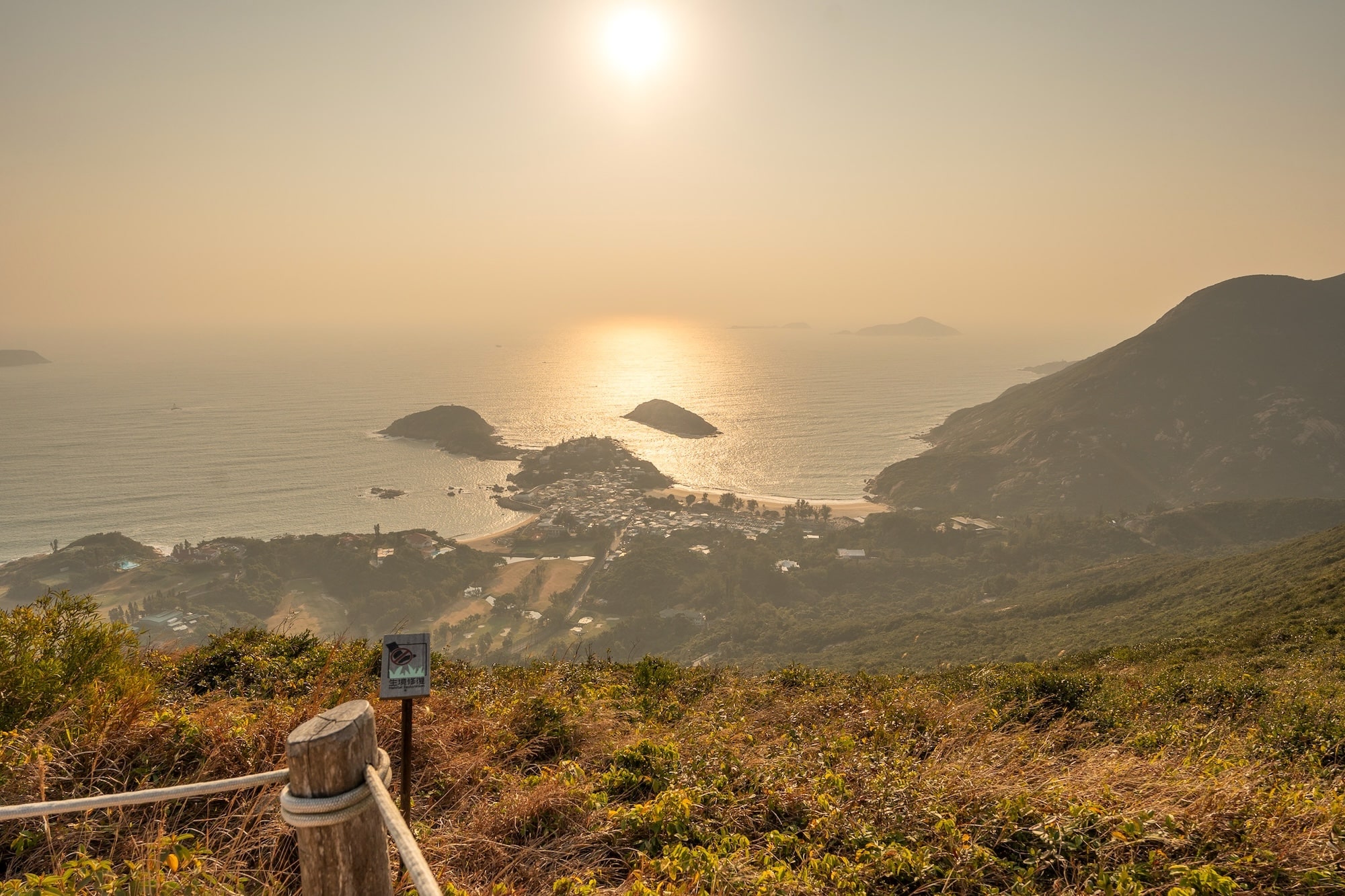
Just 700 meters from the starting point, you’ll find yourself at the Shek O Peninsula Viewing Point and soon after, the seductive Shek O Peak emerges, which, at 284 meters high, makes for a great spot to give yourself some time to absorb the peace atop one of Hong Kong’s iconic trails.
From here, you can continue onwards to the Dragon’s Back Viewing Point, the lush Pottinger Gap, and eventually down the rippling Big Wave Bay.
Take a forest bath and befriend a tree
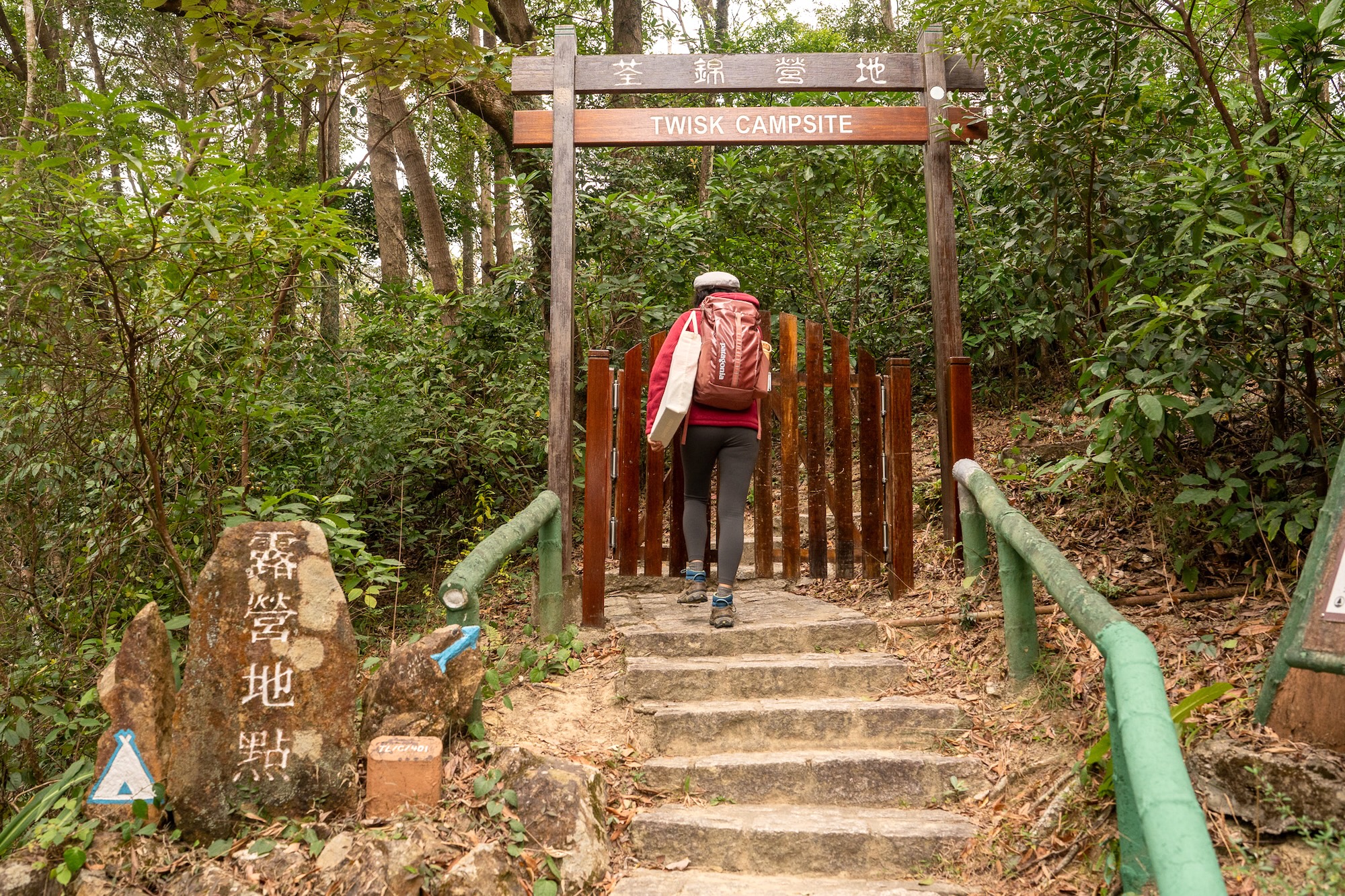
Alongside the thrill of the trails, a number of nuanced ideologies have slowly infused themselves into Hong Kong’s travel experiences. Whether to provide clarity, healing, or a change in mindset, the narratives behind such mindful offerings invites you to explore parts of Hong Kong and yourself that you may never have thought existed.
Up in the highest peak at Tai Mo Shan, certified nature and forest therapy guide and Shinrin Yoku Hong Kong founder Amanda Yik looks to instill some peace and a piece of Hong Kong’s nature among the group of individuals partaking in the “physiological and psychological exercise called shinrin-yoku” or forest bathing.
In simple terms, forest bathing is purely the act of immersing yourself in the atmosphere of the forest. But, as Shinrin Yoku Hong Kong fonder Amanda Yik explains, appreciating serenity is more complex than it seems. “One element that we do a lot of is sharing”
In simple terms, it’s purely the act of immersing yourself in the atmosphere of the forest. But, as Yik explains, appreciating serenity is more complex than it seems. “One element that we do a lot of is sharing,” she says as we stop over at a Twisk Campsite gazebo where, armed with a leaf microphone, the guide starts the forest bathing process.
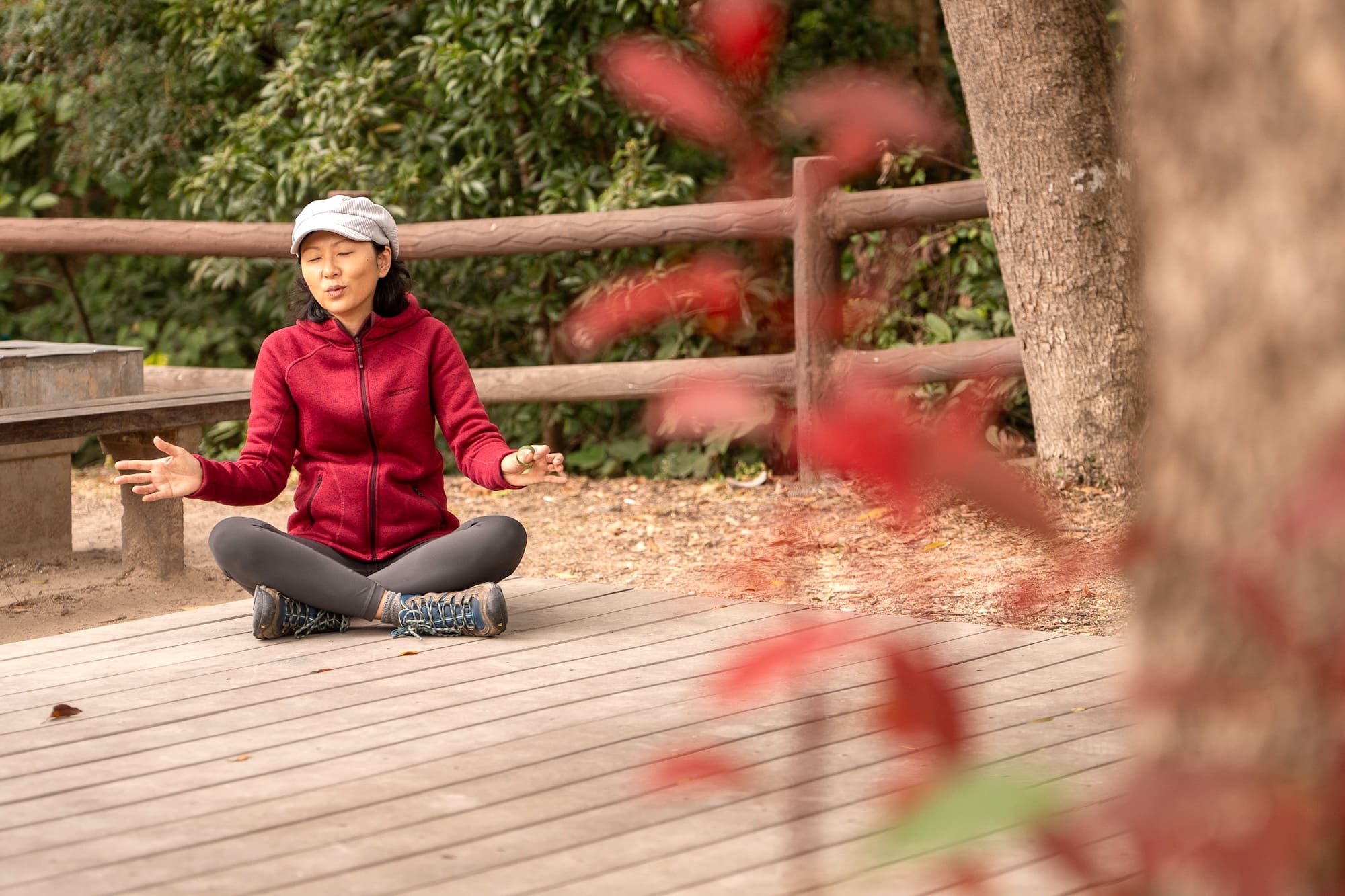
More than the destination itself, Yik’s sensory invitations help fuel a purifying transformation.
Sitting down on the ground is an invitation to come back to your body. Closing the eyes to feel the surroundings is an invitation to be present. Doing breathwork while indulging in the pleasure of presence is a submission to our senses. Walking slowly is an invitation to give space and sense the motions, while walking backwards up on a steep incline is a metaphor for not worrying about the future and accepting the past.
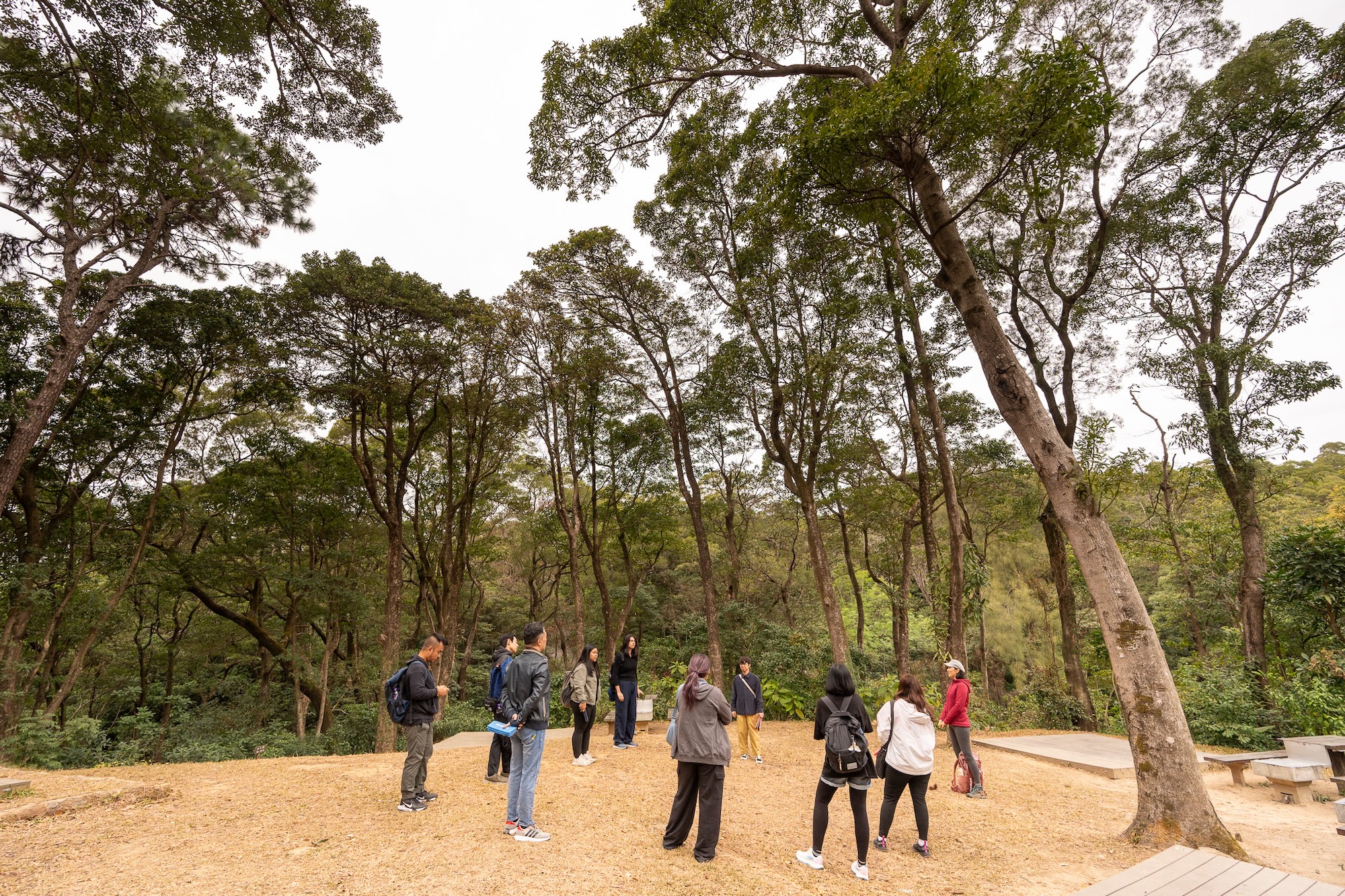
More than the destination itself, Amanda Yik’s sensory invitations help fuel a purifying transformation
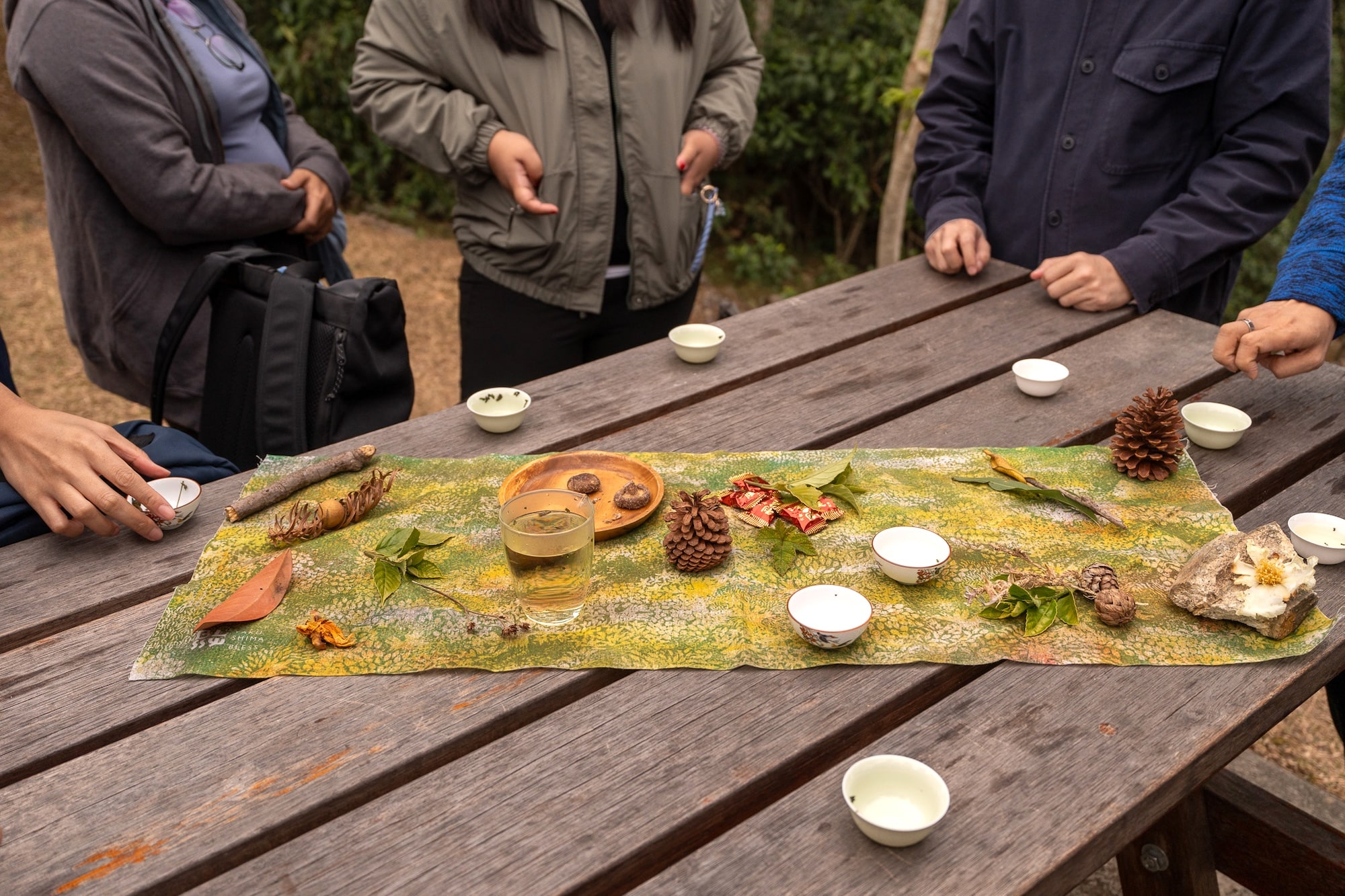
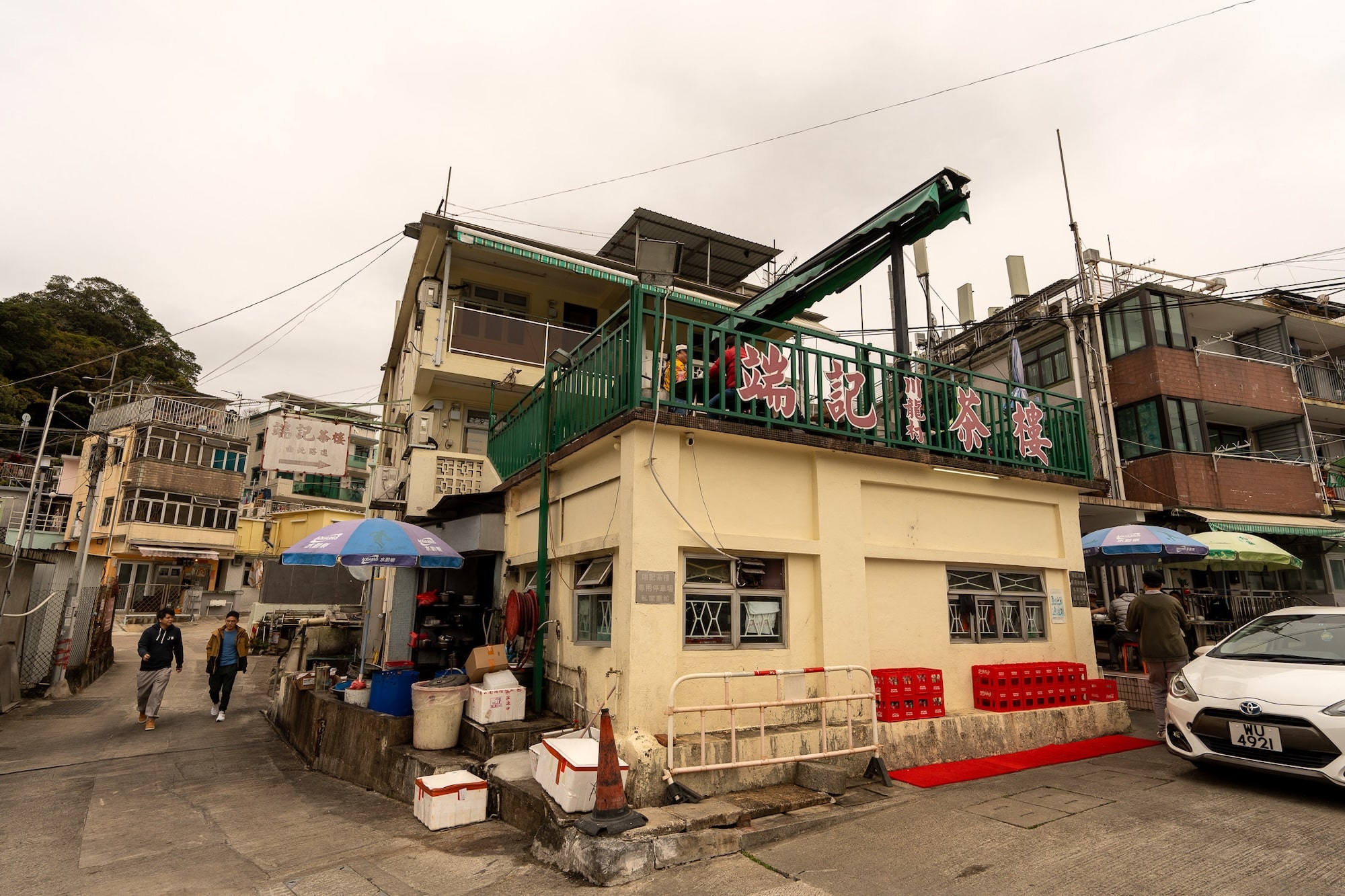
“Befriending a tree” is an invitation to feel a fleeting moment of connection under a canopy of silent beings probably older than any of us. And when you reach the vantage point, Yik unveils a ceremony of Mt. Lemmon marigold tea, freeze-dried mushrooms, and fortune candies—complete with a simple foraging exercise to decorate the table—to cap off all the sensations in the three-hour bath.
It’s a demonstration of how the practice resets the mind and body into a blank slate from which we can build ourselves back up again.
Go the distance in a gong therapy session
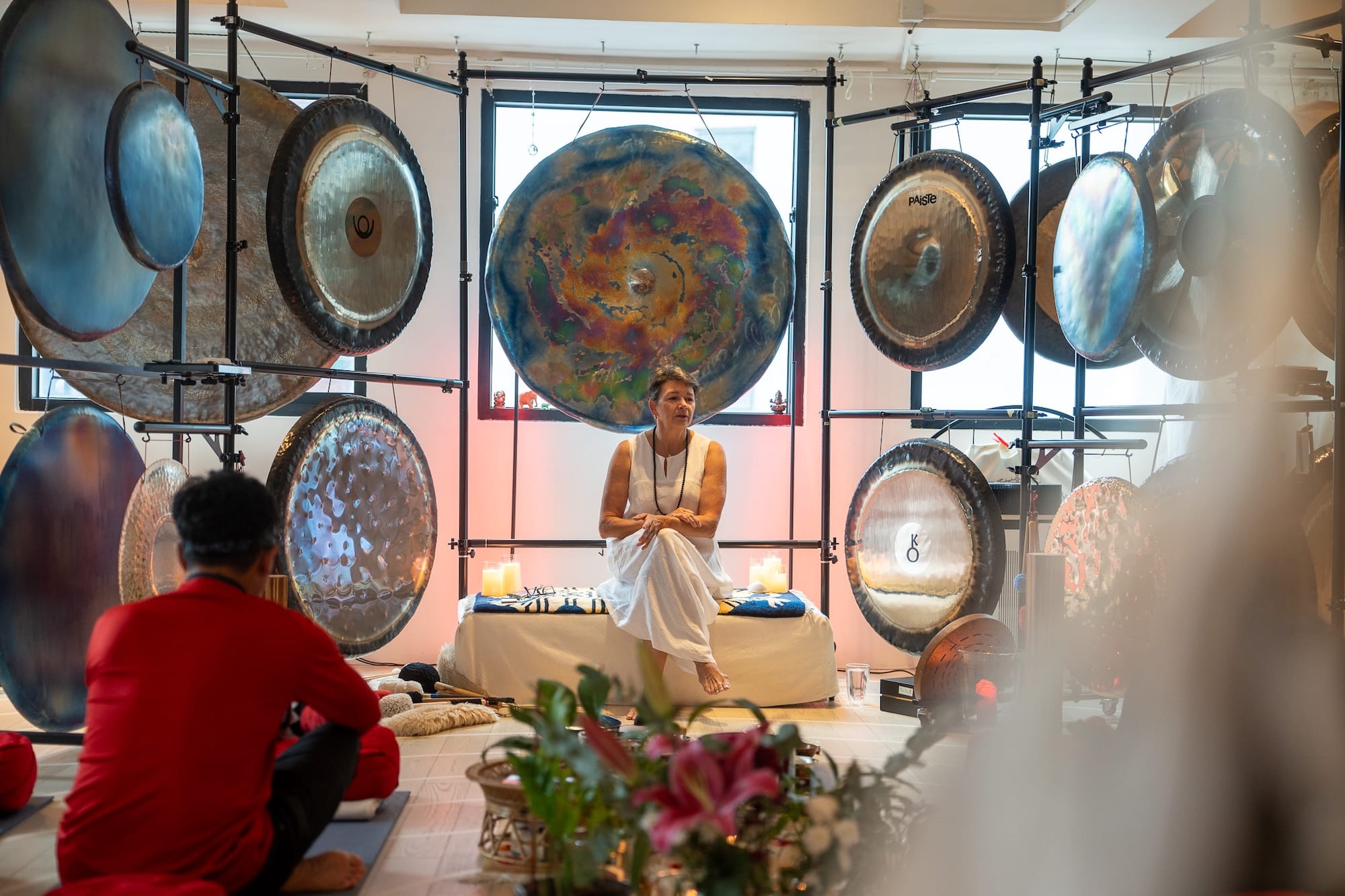
That spirit of healing also reverberates—literally—from Martha Collard’s magnificent gongs at Red Doors Studio. Occupying a large space on the 21st floor of a building in Wong Chuk Hang, Collard expands the ancient history of sound healing in a modern setting to induce a “state of spontaneous meditation and relaxation that facilitates the movement of chi or prana (positive life force) throughout the body.”
With huge Paiste meditation gongs looming large (up to 80 inches in diameter) across the studio, these Swiss-manufactured instruments are mostly made using a combination of 60 percent copper, 20 percent nickel, and 20 percent zinc. Her blue gongs meanwhile are made from solid titanium.
Occupying a large space on the 21st floor of a building in Wong Chuk Hang, Martha Collard expands the ancient history of sound healing in a modern setting to induce a state of meditation and relaxation
Collard’s gongs also come with their own specific resonance that allow her to sonically reveal the unique sounds and tones they make. Planet gongs, labeled with the planetary symbols, are attuned to the “specific frequencies of each planet as calculated by music therapist Hans Cousto, while symphonic gongs “offer more harmonic and universal sound structure.”
As you lay down on the floor and Collard starts thumping onto her instruments to create an atmospherically dense texture, the vibrations and beats permeate the body.
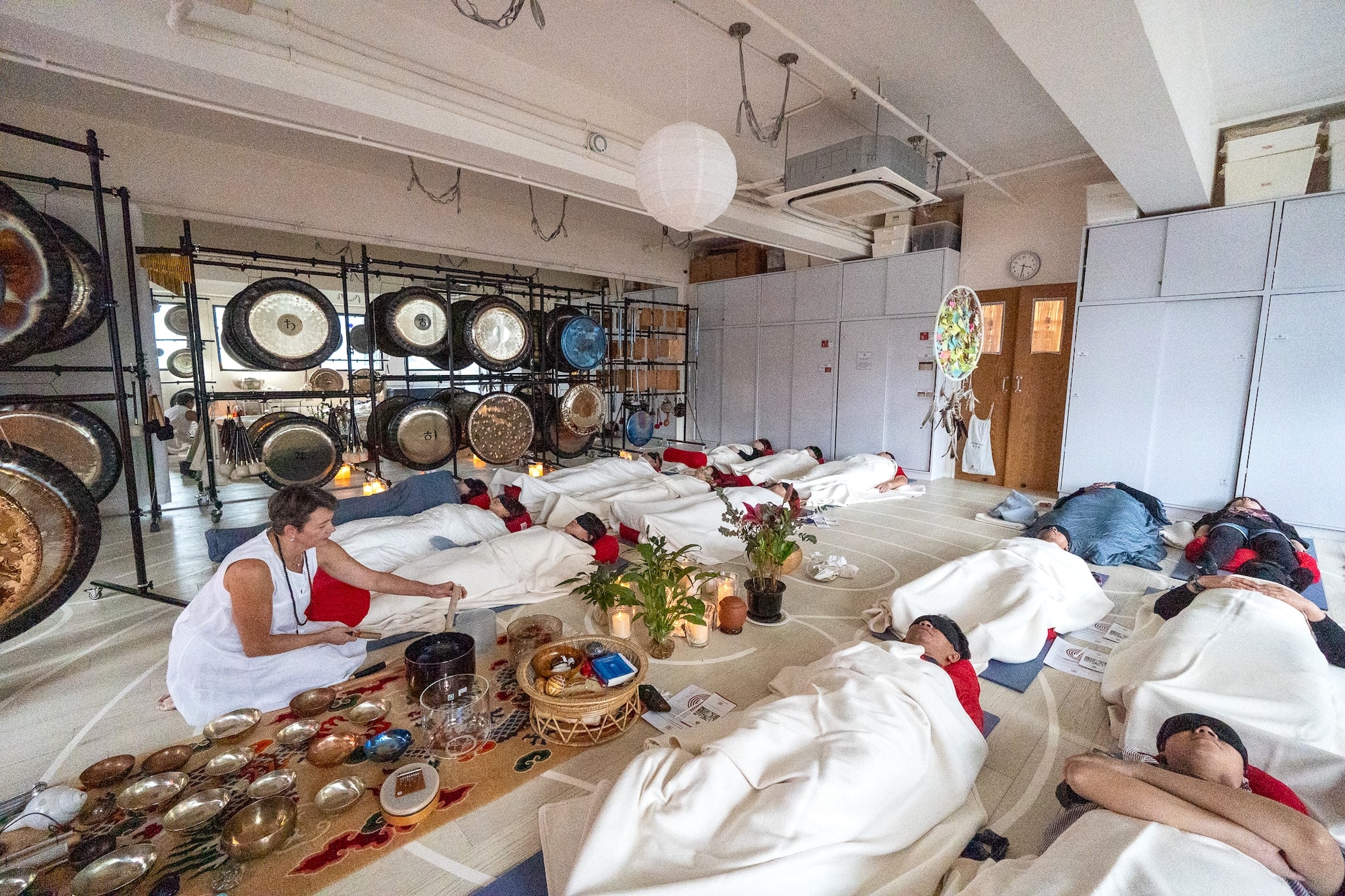
This effect, according to Collard, has helped her complementary therapy become a conduit to physical healing—as she recounts anecdotes of people who have recovered from illness and injury—improved emotional and psychological well-being, transformative awakenings, realignments, or even just opportunities to propel listeners into a meditative state of awe from her studio or even at festivals such as Wonderfruit and Clockenflap.
Escape into a ‘hideout’ or get away from it all without leaving the city
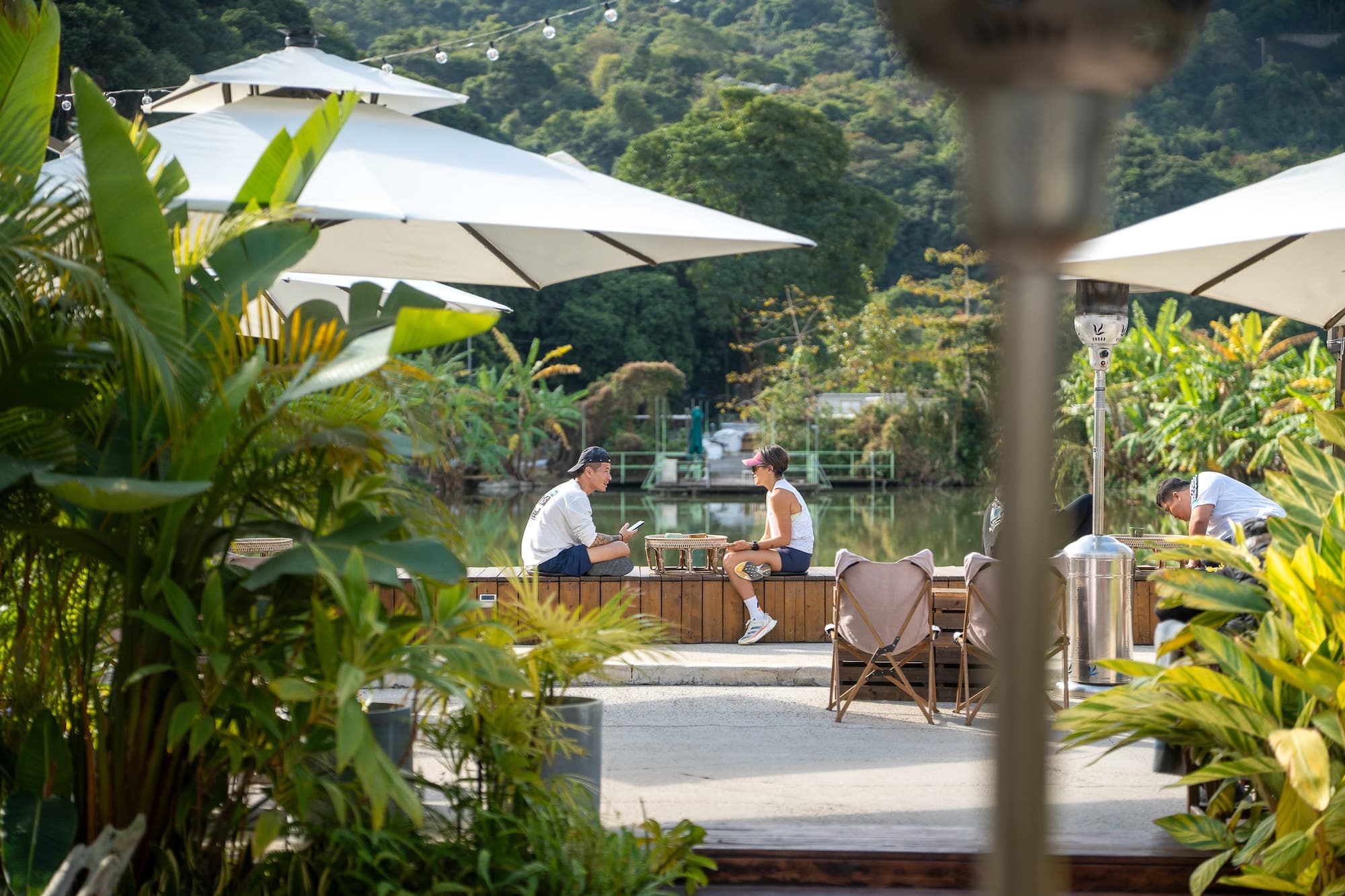
Forty minutes by car from Tung Chung (and even less if you take the ferry from Central) and you’ll come across a bucolic destination that rivals your perception of what an event space could be.
Called The Hideout, this farm-like community event space on Lantau Island is replete with fruit trees like mango and pomelo, a farm garden where they grow and cultivate fennel, rosemary, and different vegetables for their dishes, a pond, and even a specialty coffee cafe.
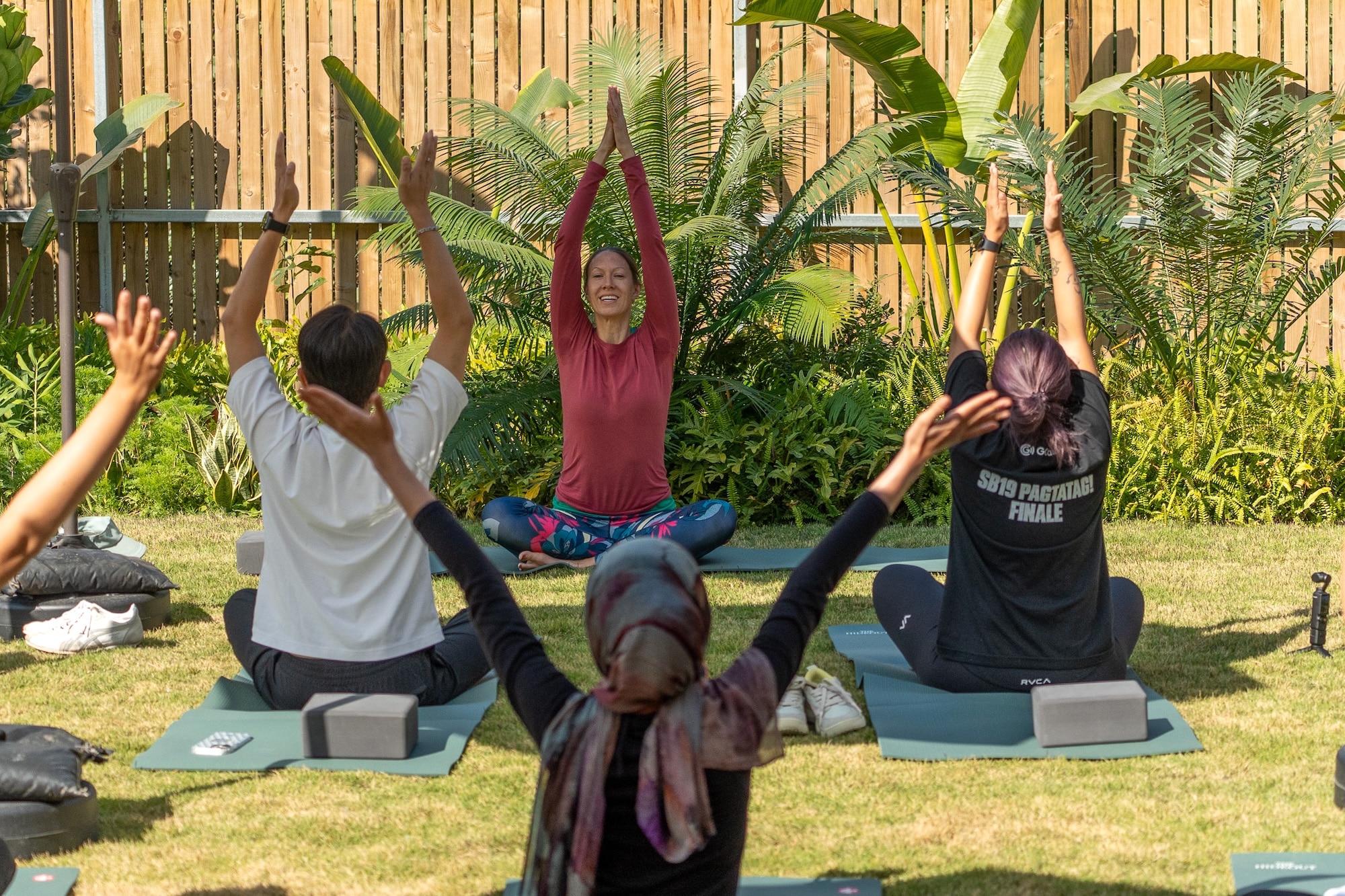
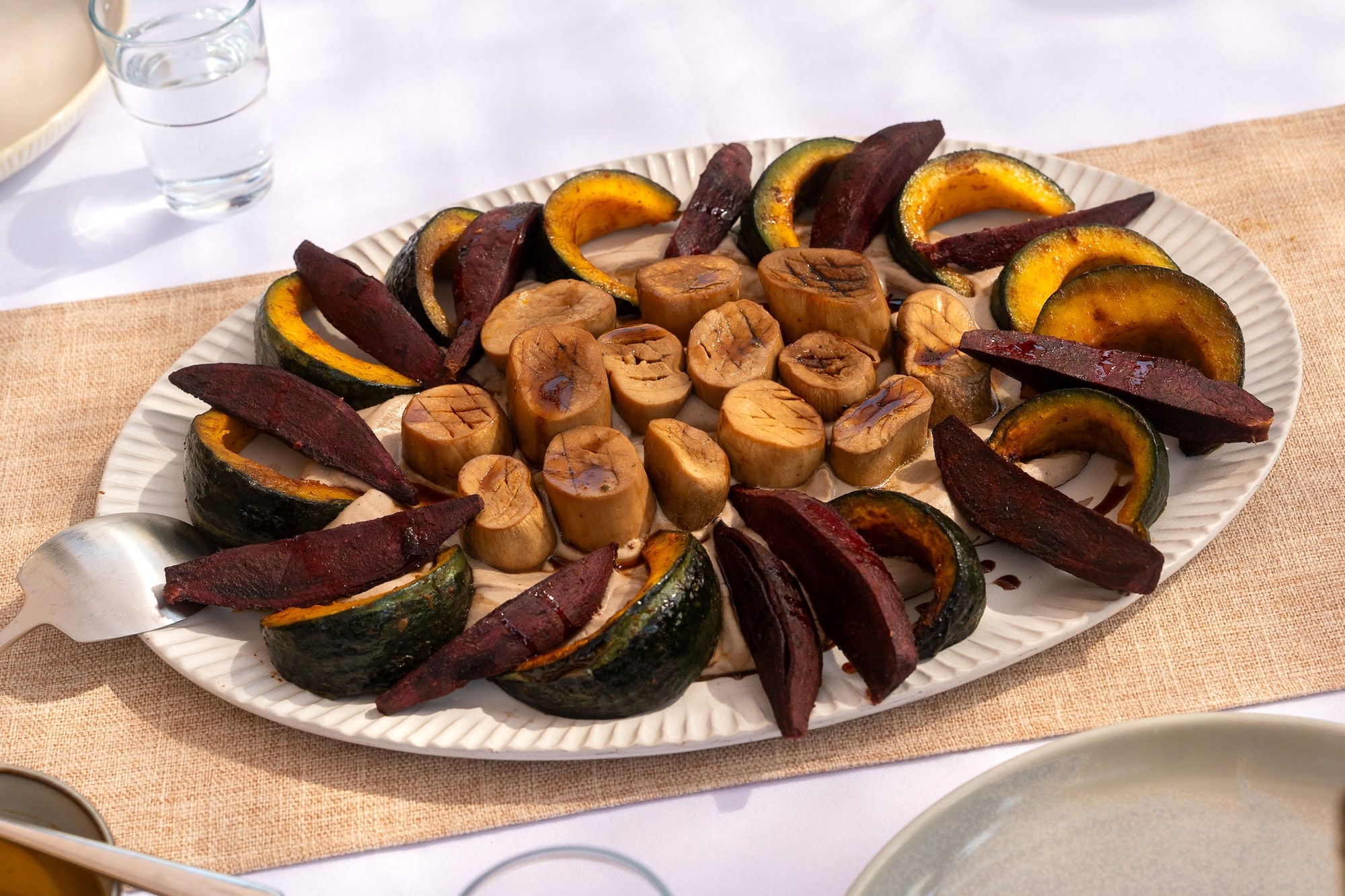
Opportunities for relaxation abound in every corner. A grassy lawn serves as the main space for yoga classes but when you’re not stretching your body to perfect that pigeon pose or contemplating (maybe questioning) your life’s purpose, private vegan chef Tina Barrat can whip up a spread of “faux-gras” pate with seed crackers, pumpkin and ginger soup, and a grilled seasonal vegetable platter highlighted by king oyster “scallops.”
Escapes don’t always mean getting out of the city and that’s the beauty that Nan Lian Garden holds, an immaculate 35,000 sq.m Tang Dynasty-style sanctuary jutting out from Diamond Hill
But escapes don’t always mean getting out of the city and that’s the beauty that Nan Lian Garden holds, an immaculate 35,000 sq.m Tang Dynasty-style sanctuary jutting out from Diamond Hill.
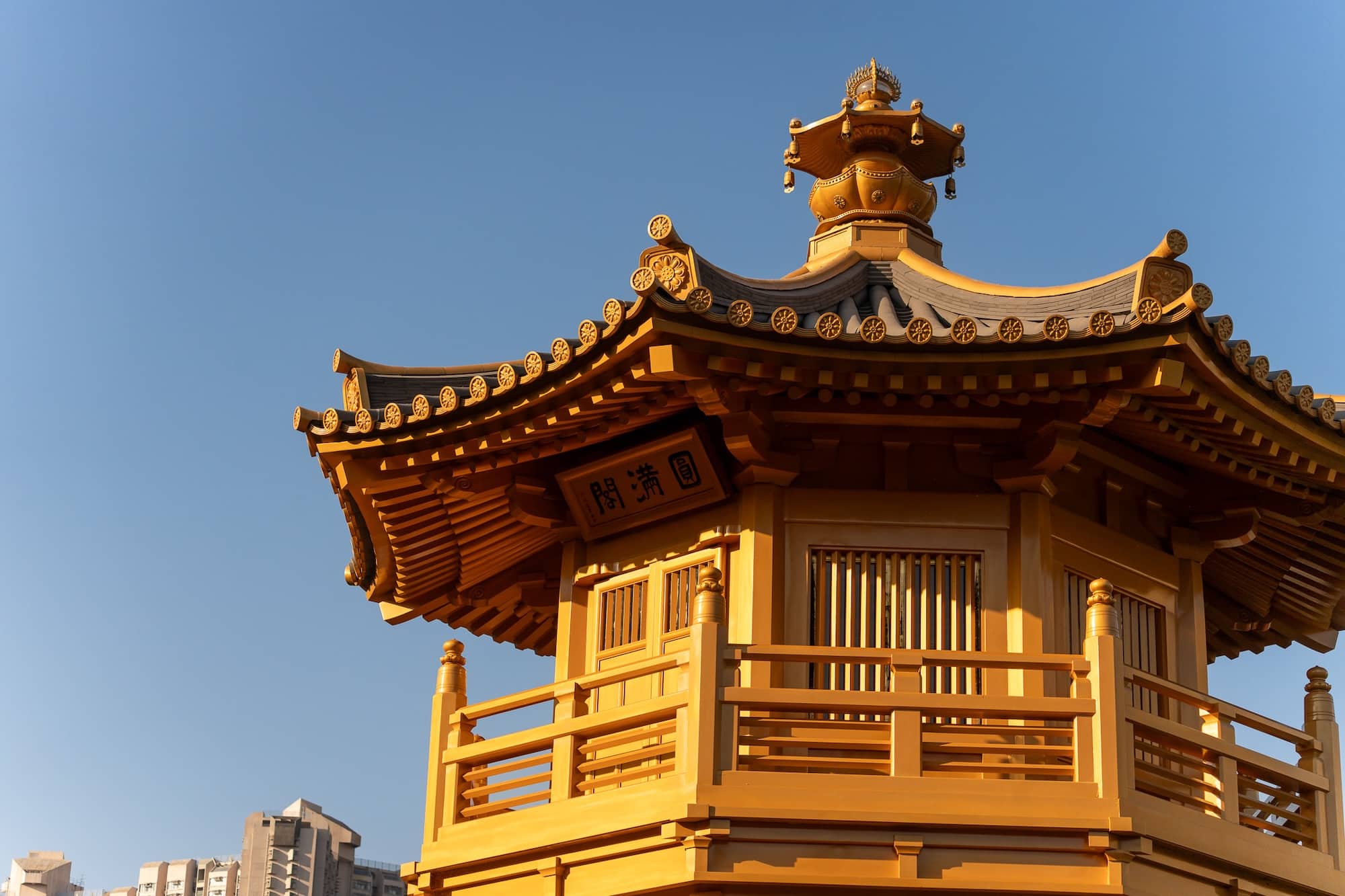
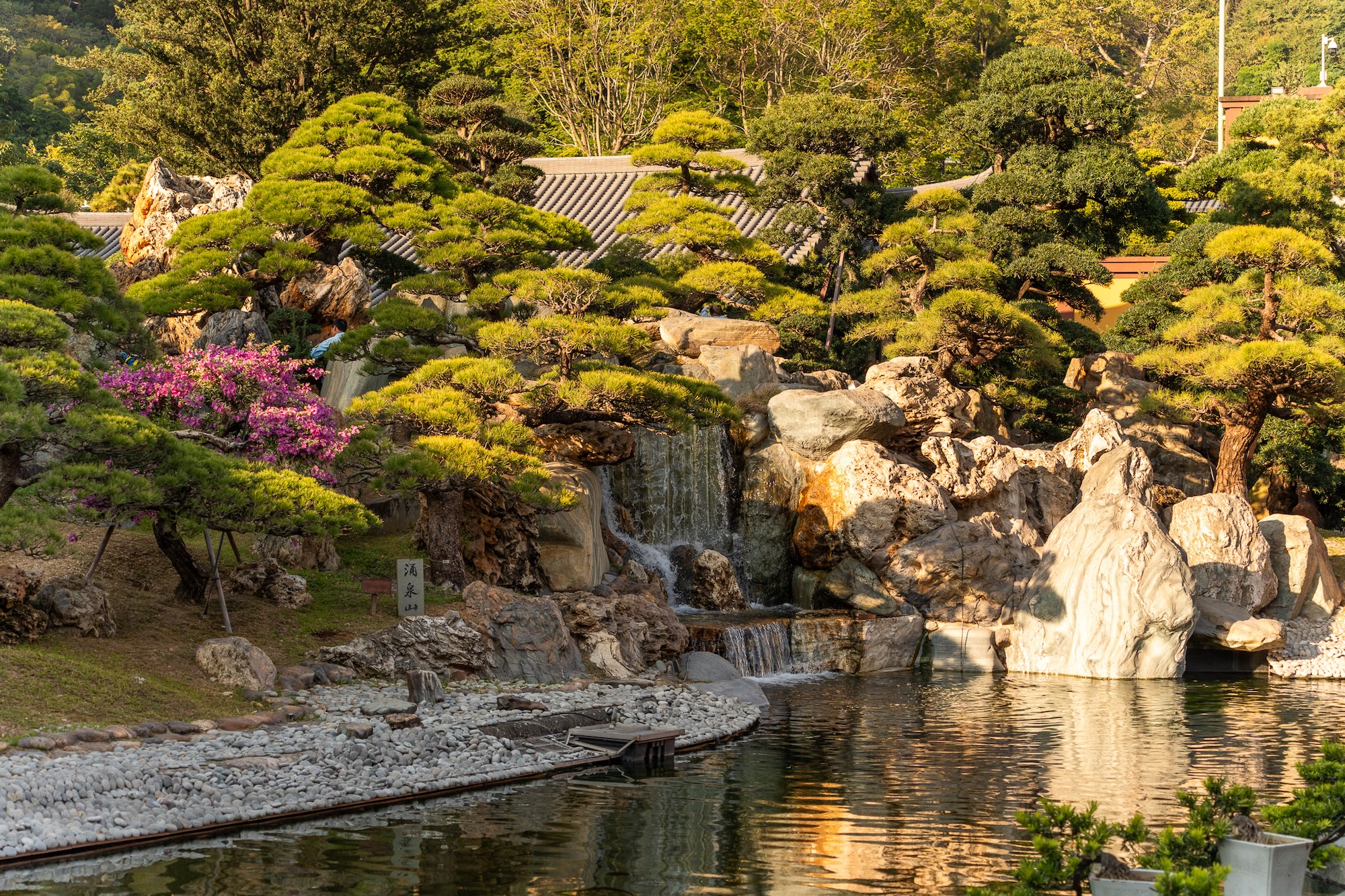
Not only is it surprising that a tranquil site like this appears to filter the din of the city but the symbolism throughout the garden depicting “the art of borrowing, concealing, penetrating, blocking, and extension of views and also the insulation of noises” is like an invitation to lose yourself in solitude and roam the space for more meaningful details.
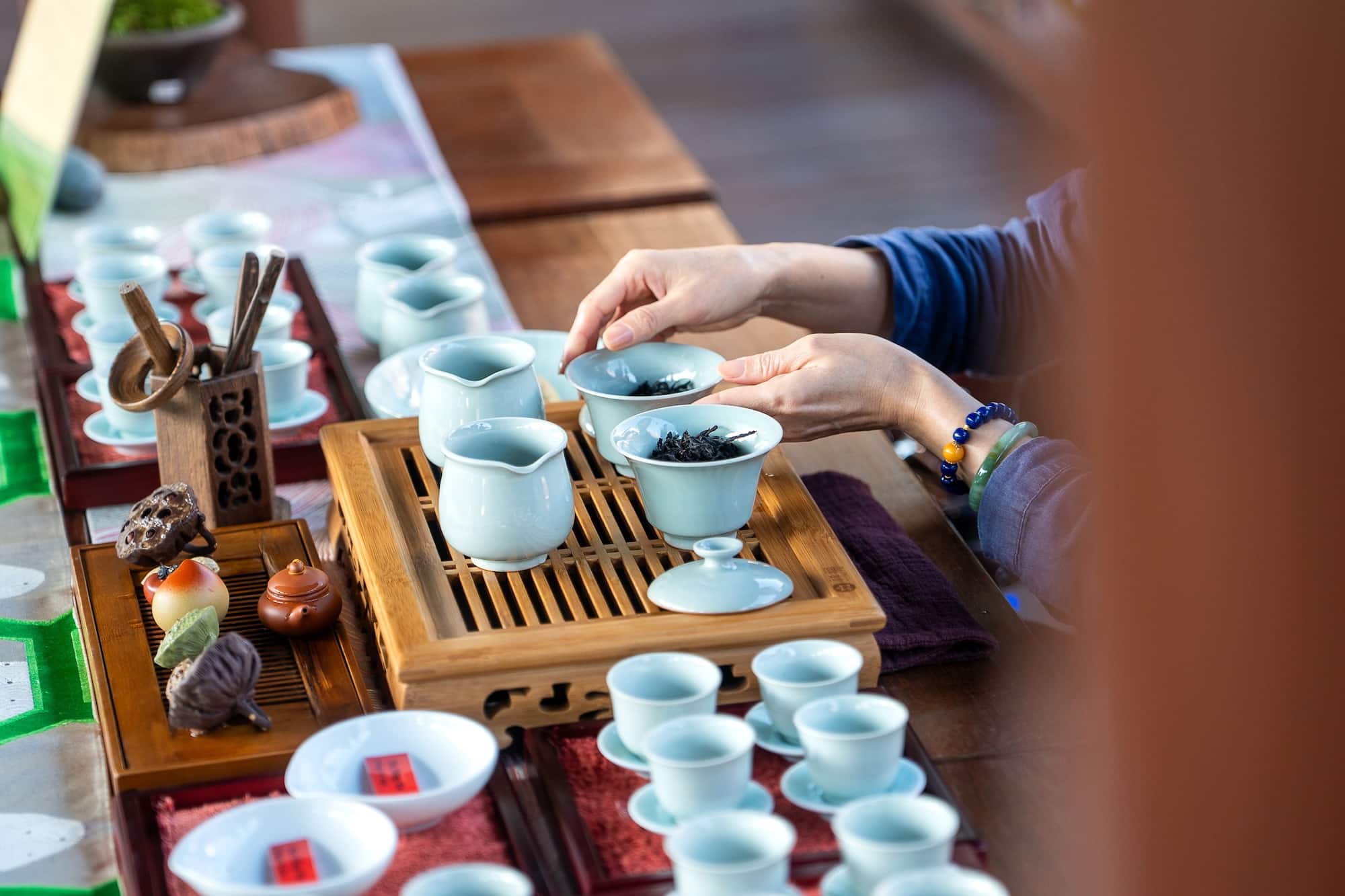
Rocks, water, trees, and wooden buildings represent the four elements that make up the Buddhist complex. The notable halls of the Chi Lin Nunnery, meanwhile, stand as gleaming monuments of cultural history in the modern era. Nearby, the Song Cha Xie Teahouse draws guests into tea’s Chinese origins with intimate tea ceremonies featuring the Da Hong Pao, a type of Wuyi Yan Cha (rock tea), grown and cultivated in the inner areas of the Wuyi Mountains north of Fujian province.
Following the step-by-step 10-second interval infusions, the taste evolves from mild and floral to rocky and mineral-like. Akin to the moves you can make at Master Robin Tsang’s Wing Chun school or the stress-relieving massages and treatments at the deliciously elegant Tai Pan Reflexology Parlour.
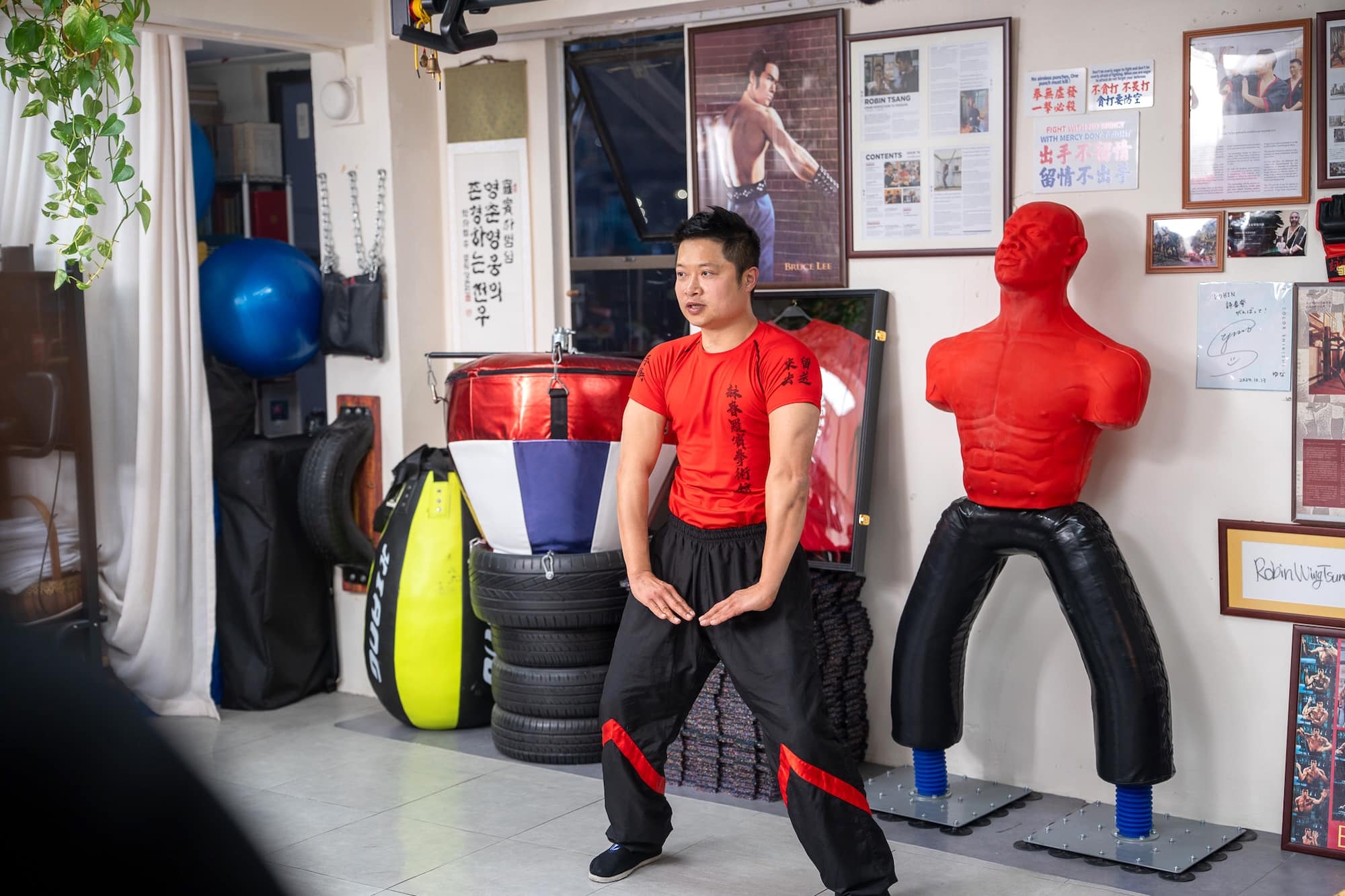
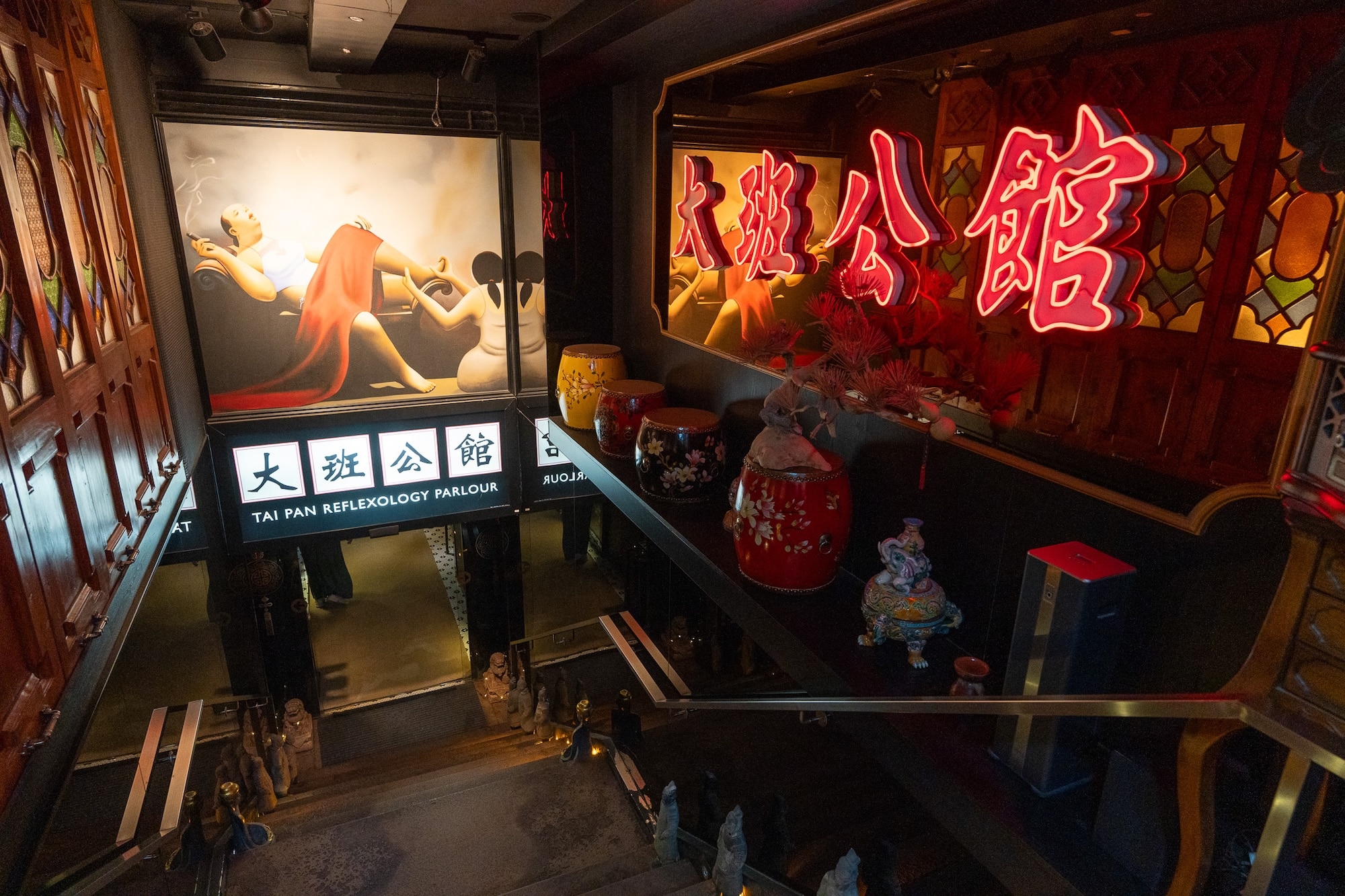
Because again, an escape is a matter of personal preference—whether that’s learning martial arts for self-defense or giving in to therapeutic pressures.
Hearty helpings, time-honored traditions, and innovative gastronomy
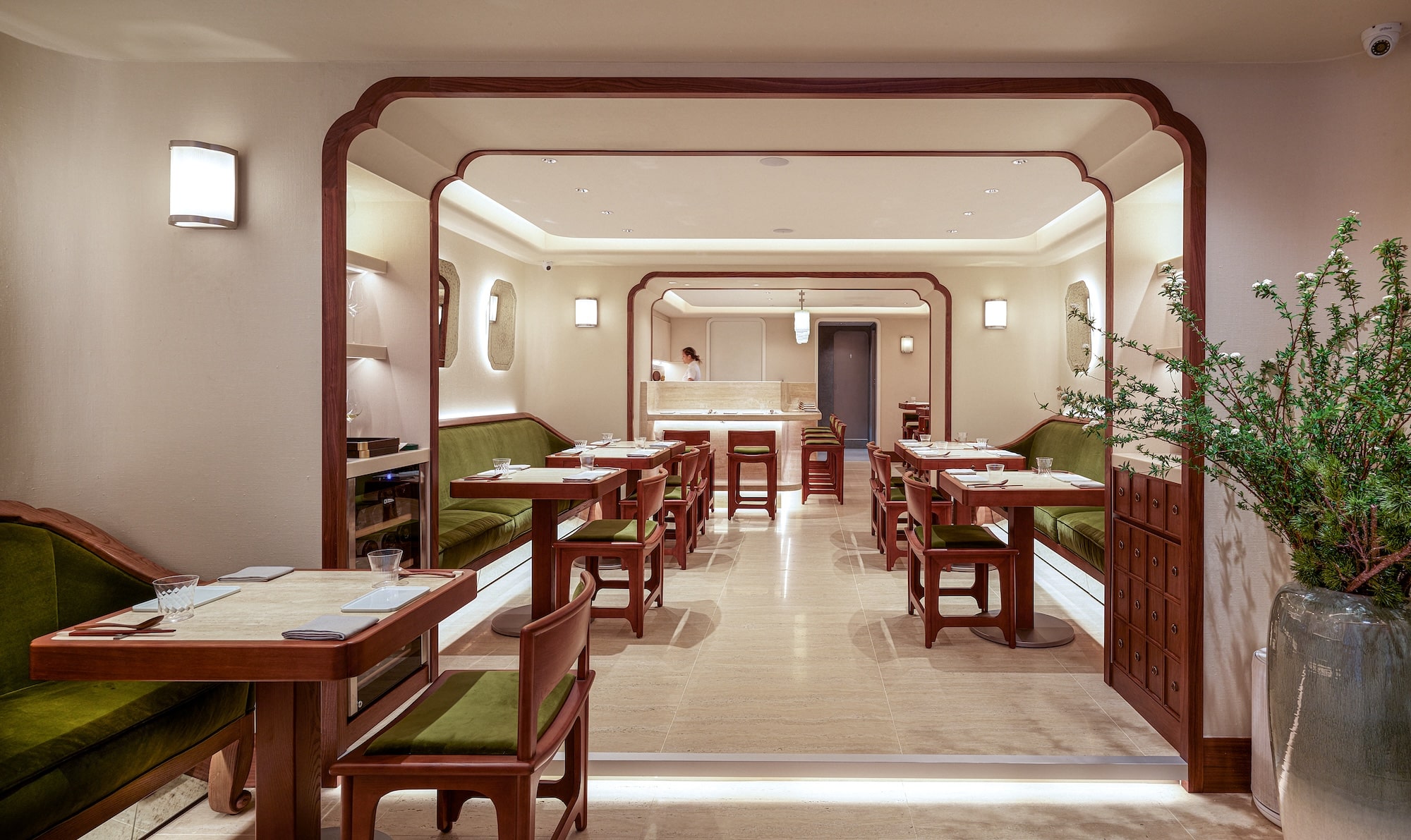
An adventure is how you could mildly describe Hong Kong’s food scene. Sure, the industry is led by 79 Michelin-starred restaurants as of 2024, but stars will align wherever in the city you decide to focus on.
For a delicately luxurious tasting menu, turn to Asia’s Best Female Chef 2015 Vicky Lau’s Mora on the antique store-lined Upper Lascar Row in Sheung Wan for her refreshing takes on soy-oriented dishes that are as aesthetically pleasing as they are flavorful.
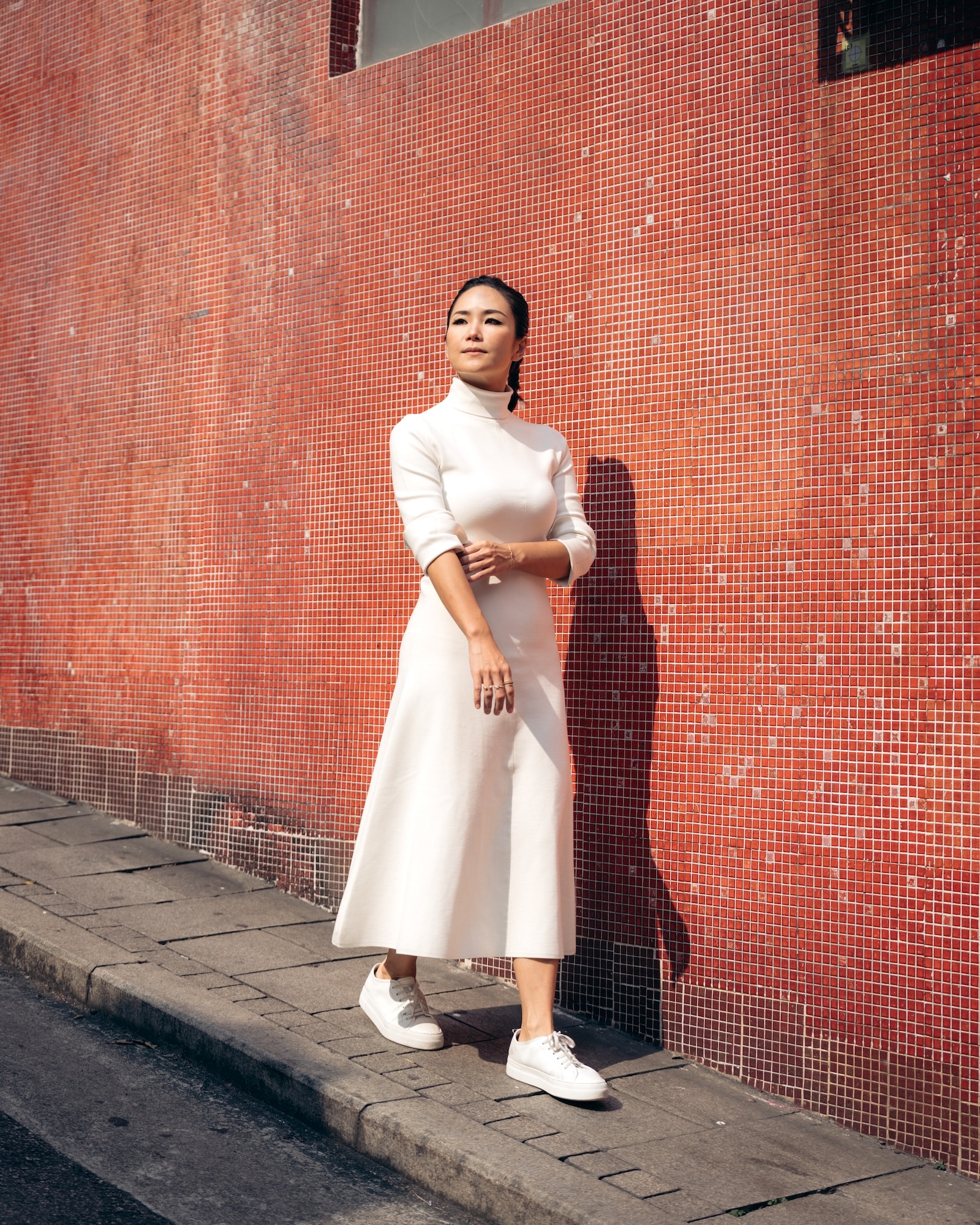
Her multi-course seasonal tasting menu titled “Characters of Soy” encompasses soy’s various forms—“from bean sauce, tofu skin, soymilk, and fermented beans” to distillations of a bean curd into a light tartlet with pumpkin soy foam and a deep-fried tofu so warm and nutty from the sesame sauce and pine nuts. An abalone noodle embedded in the middle of the menu is a bona fide love letter to sustainability as she reframes soy milk bouillon as a lovely companion to the buttery abalone.
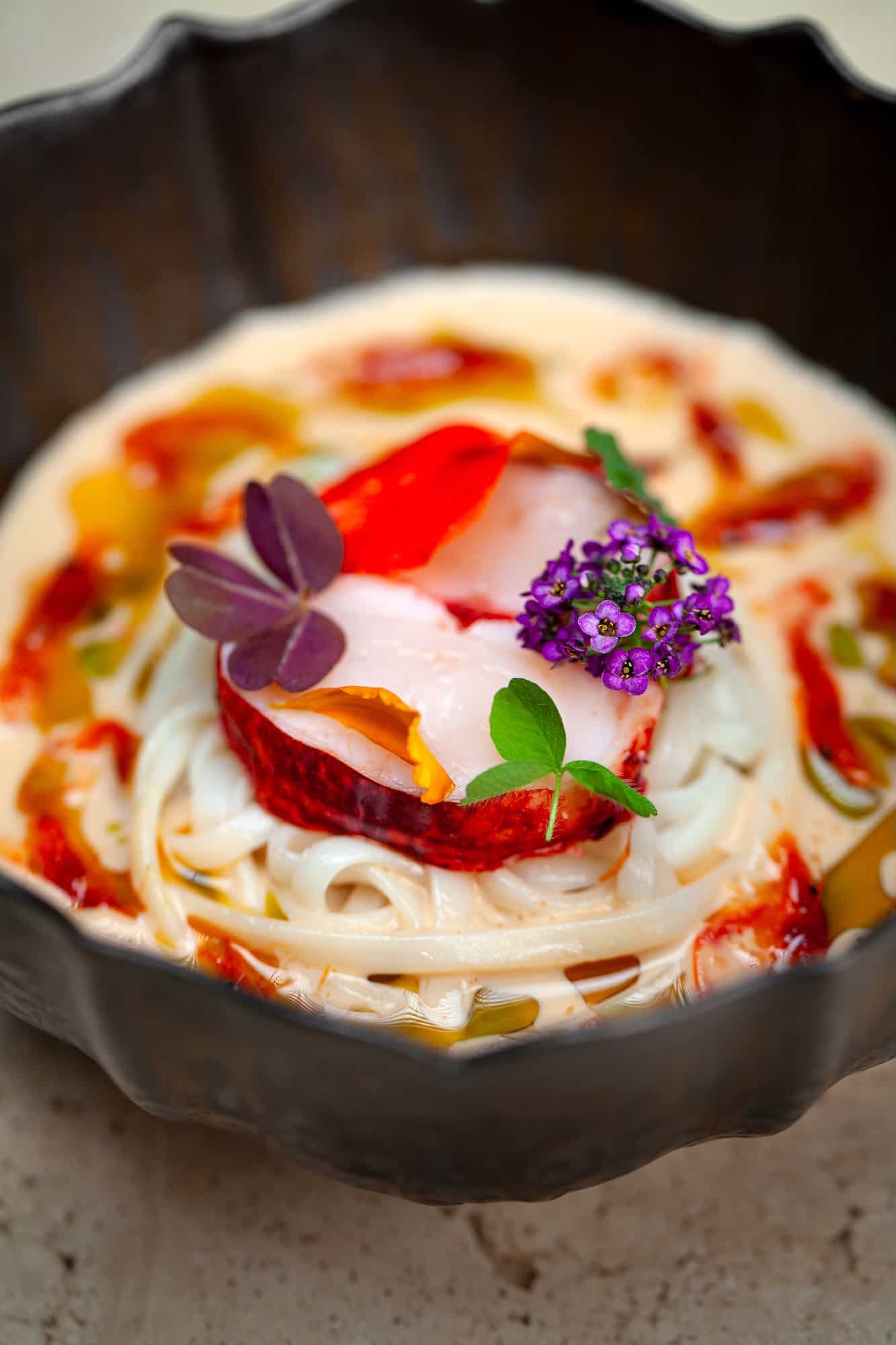
To think that the Michelin-star (and green-star) restaurant’s interiors are restrained, Lau’s masterful world-building of local soya beans leaves a strong desire to develop curiosity of the ingredient’s possibilities. “Featuring soya bean as the core of the menu, Mora aims to promote local ingredients and culture by working with long-standing local product shops,” she says.
For a bit more fun, head to the head-spinning Michelin-recommended, Sean Dix-designed Ho Lee Fook, which is a Hong Kong institution but still incredibly of the moment
For a bit more fun, head to the head-spinning Michelin-recommended Ho Lee Fook, which is a Hong Kong institution but still incredibly of the moment. A dinner at this Sean Dix-designed “Chinese restaurant with a Hong Kong heart” feels like a time warp with hundreds of golden maneki-neko, Chinese florals, and mahjong tiles wrapping the luxe red interiors and mirrored ceiling for a total reinvention of the Cantonese cuisine experience.
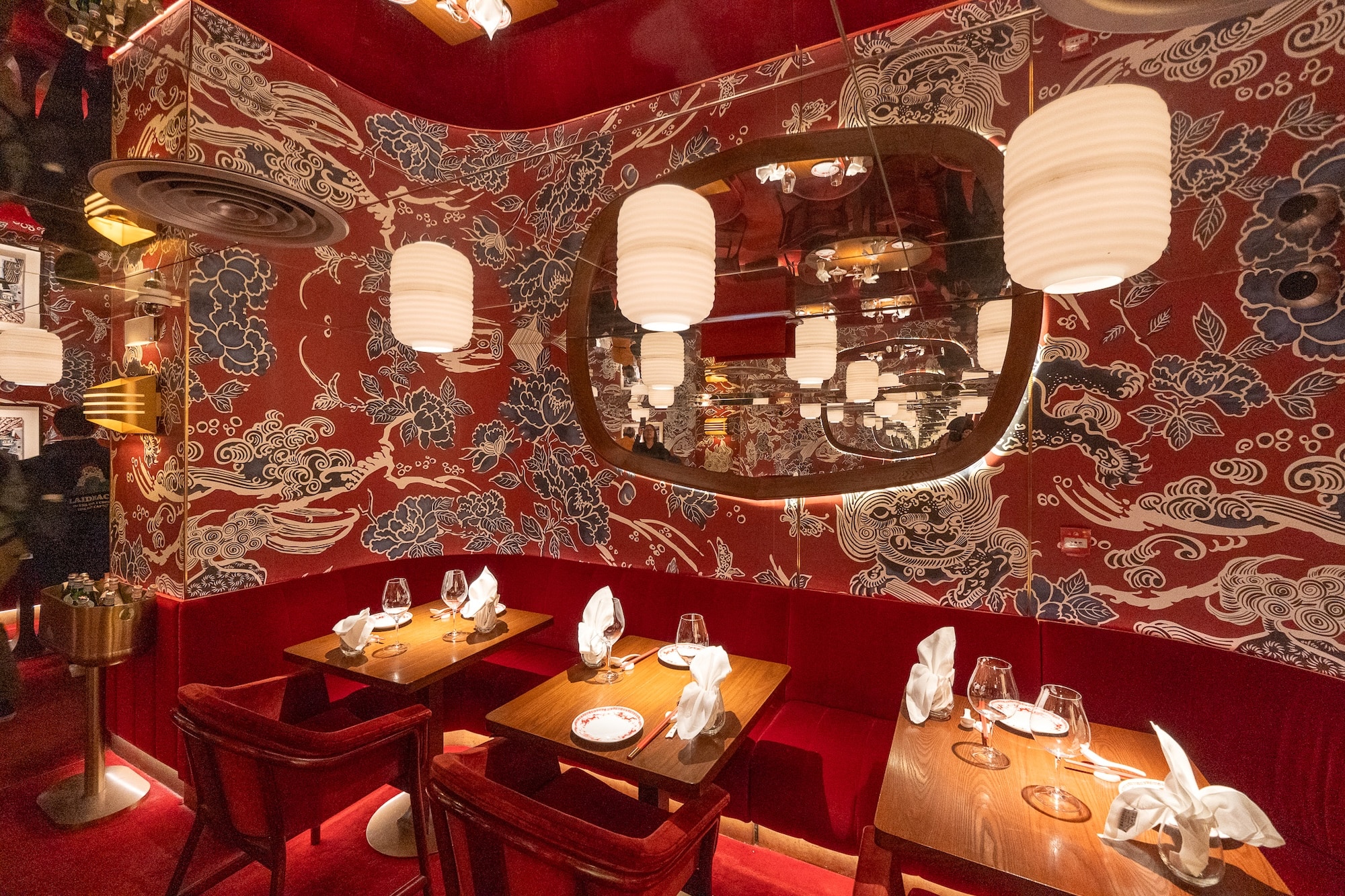
Chef ArChan Chan’s delicious takes on dim sum (prawn toast x okonomiyaki), Chinese barbecue (honey-glazed and charcoal-grilled kurobuta pork char siu), and wok-fried and claypot selections are lively manifestos of her time spent in Melbourne and Singapore. Even though these dishes are “tributes” to what she grew up eating, she’s able to transmute them into exciting variations. A word of caution though: Some dishes require a 72-hour pre-order requirement.
Elsewhere, Luma, a partnership venture with Mastercard at the historical 1881 Heritage, caters to customer desires for a constantly changing tasting menu courtesy of the Lubud Group’s roster of chefs. Currently helming the kitchen of the beautiful restaurant is the winner of Netflix’s “The Maverick Academy” Yuda Bustara.
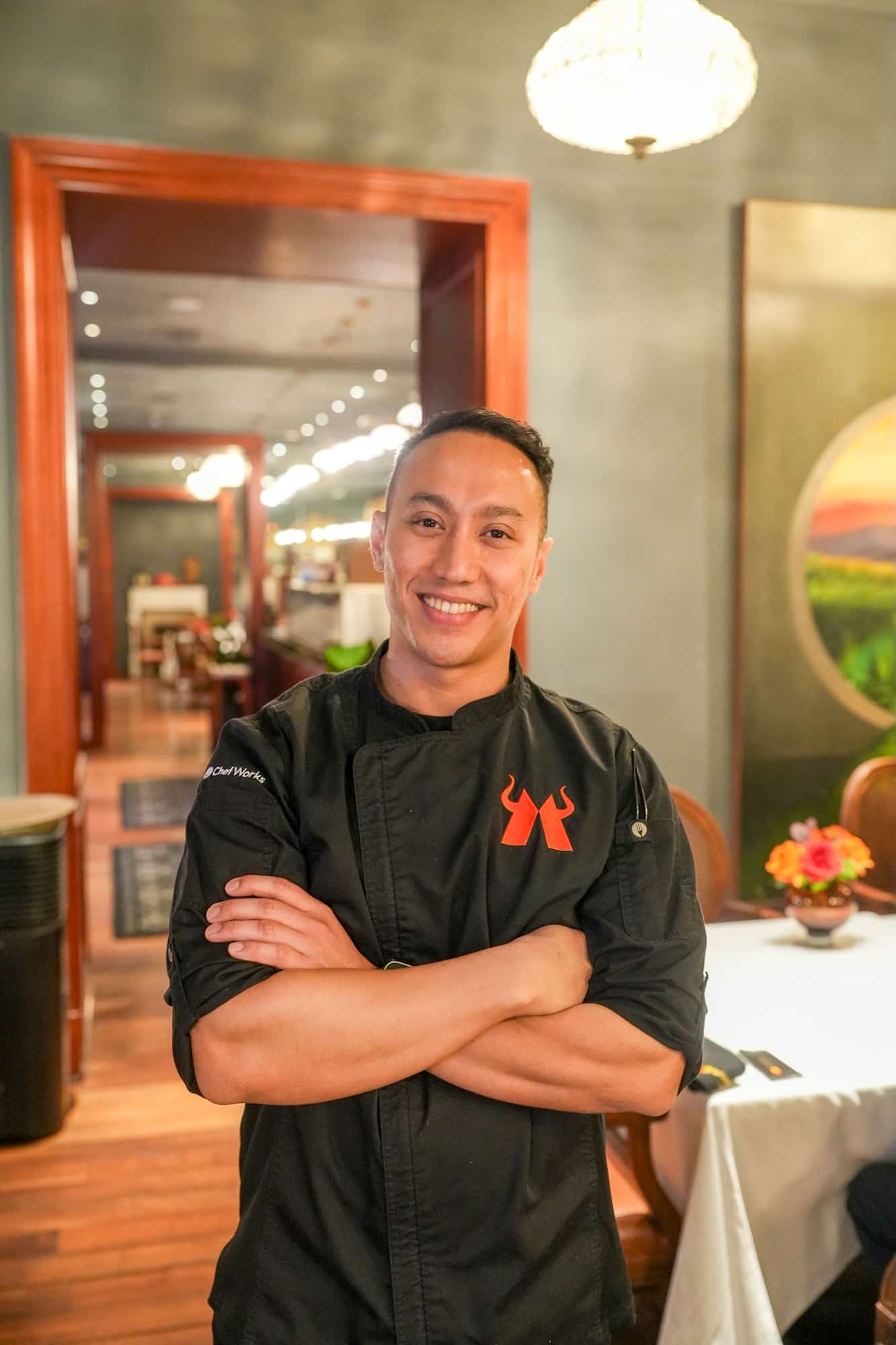
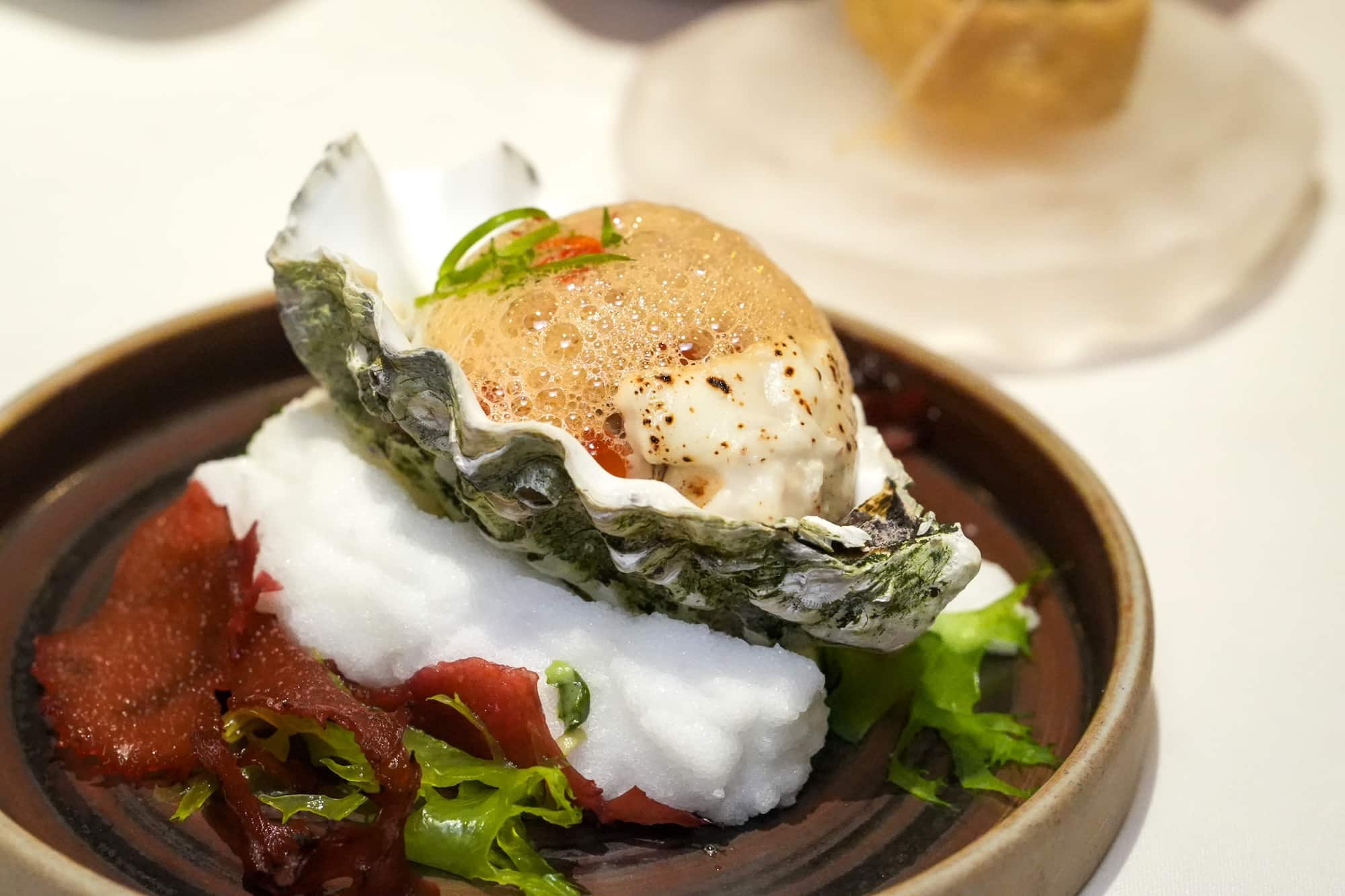
The Indonesian chef shapes a six-course tasting menu dubbed “Lap of Luxuries Around Asia” to showcase each country’s culinary heritage. Dishes lurch forth from simple starters from Indonesia (carabinero gado gado) and the Philippines (oyster adobo) to a seafood spaghetti and a Penang curry cod fish.
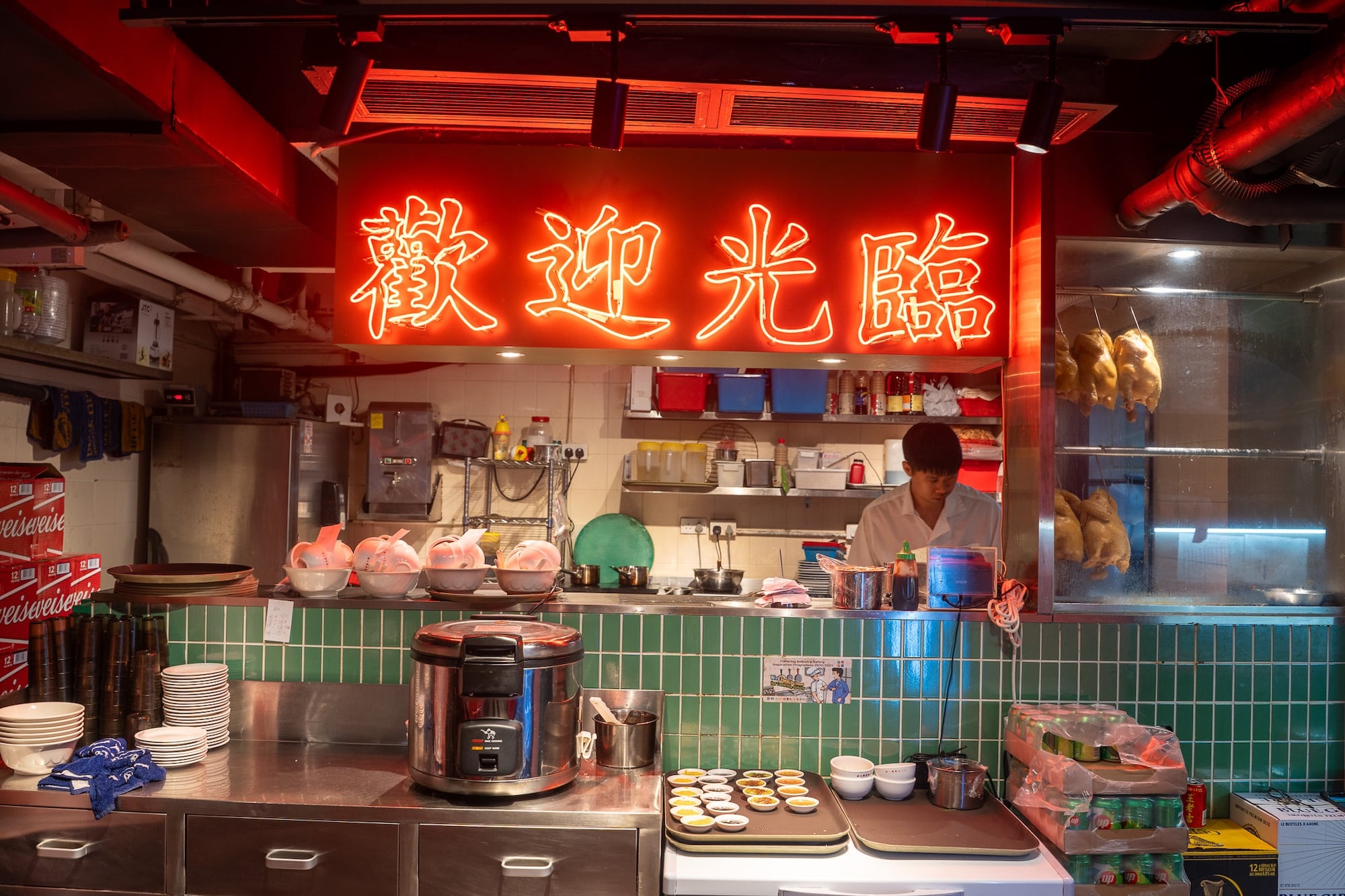
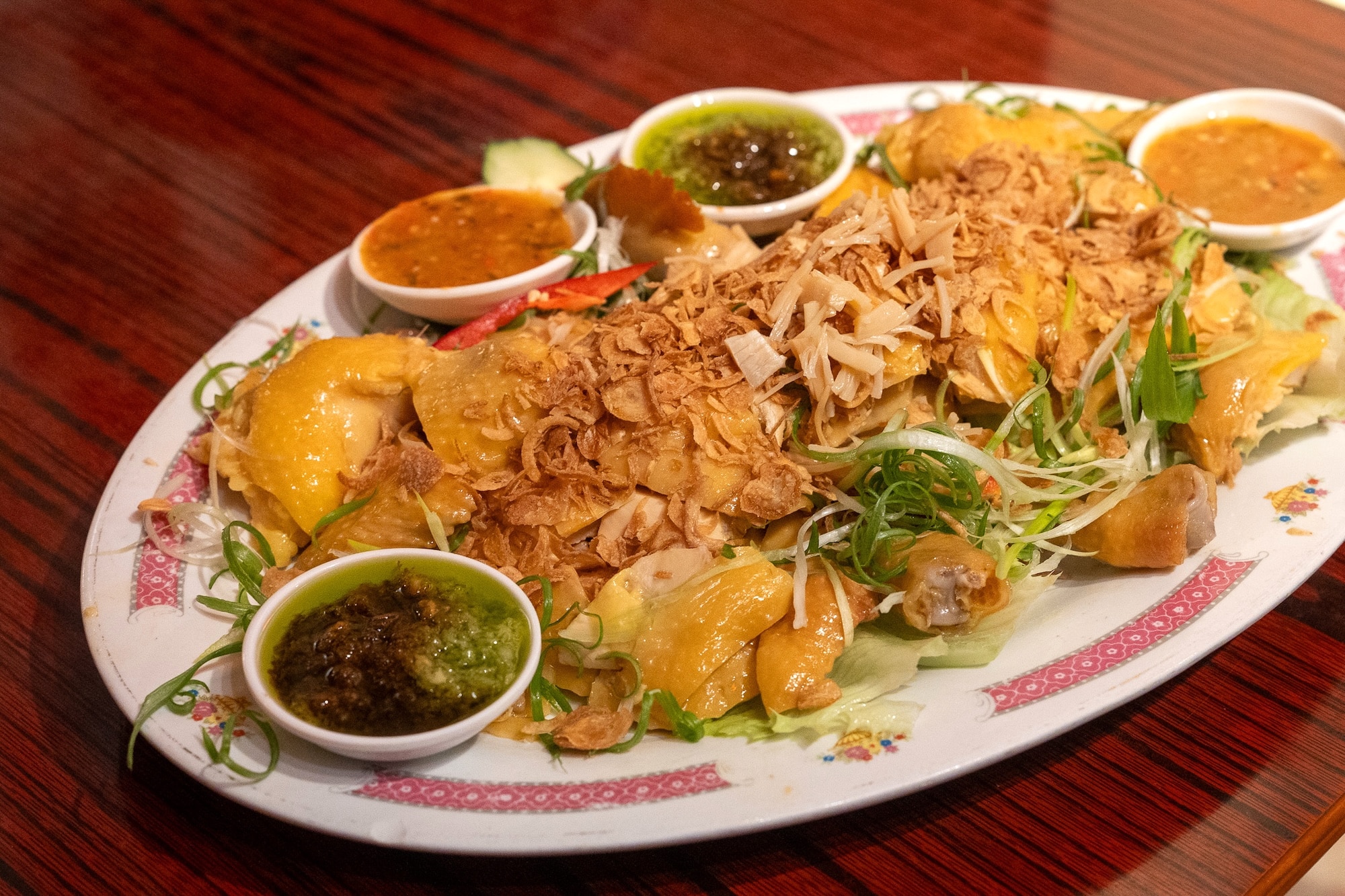
Other exhilarating foodie favorites include the modernized dai pai dong or traditional Hong Kong food stall Ladies Street Sik Faan (order the majestic signature chicken with dried scallop and slow-cooked giant grouper) and La Taverna, the oldest Italian restaurant in Hong Kong, which not only opened in 1969 to serve carpaccios and octopus puttanesca but also dishes out some genuine Filipino service hospitality.
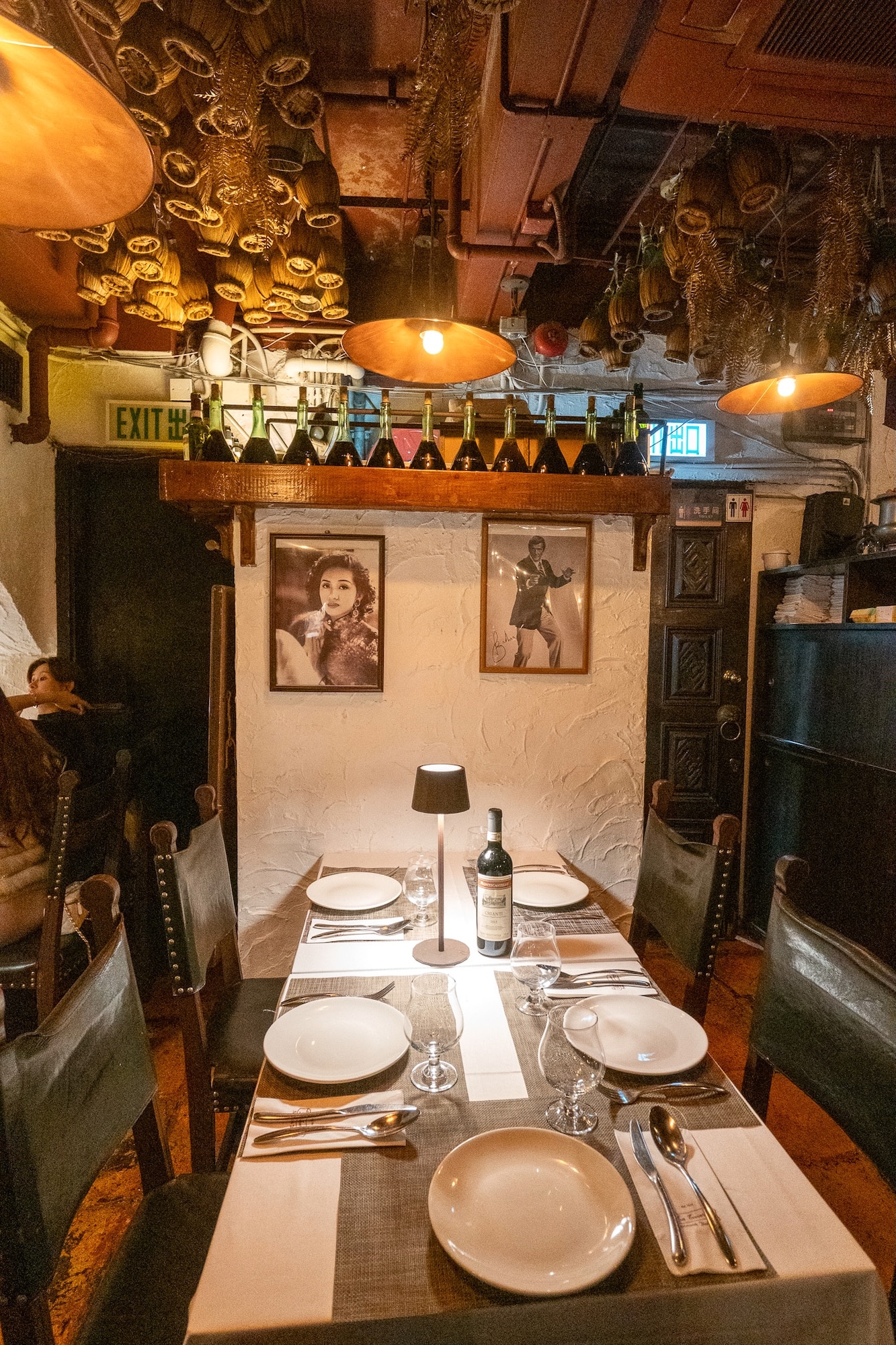
The view from Hong Kong’s other side
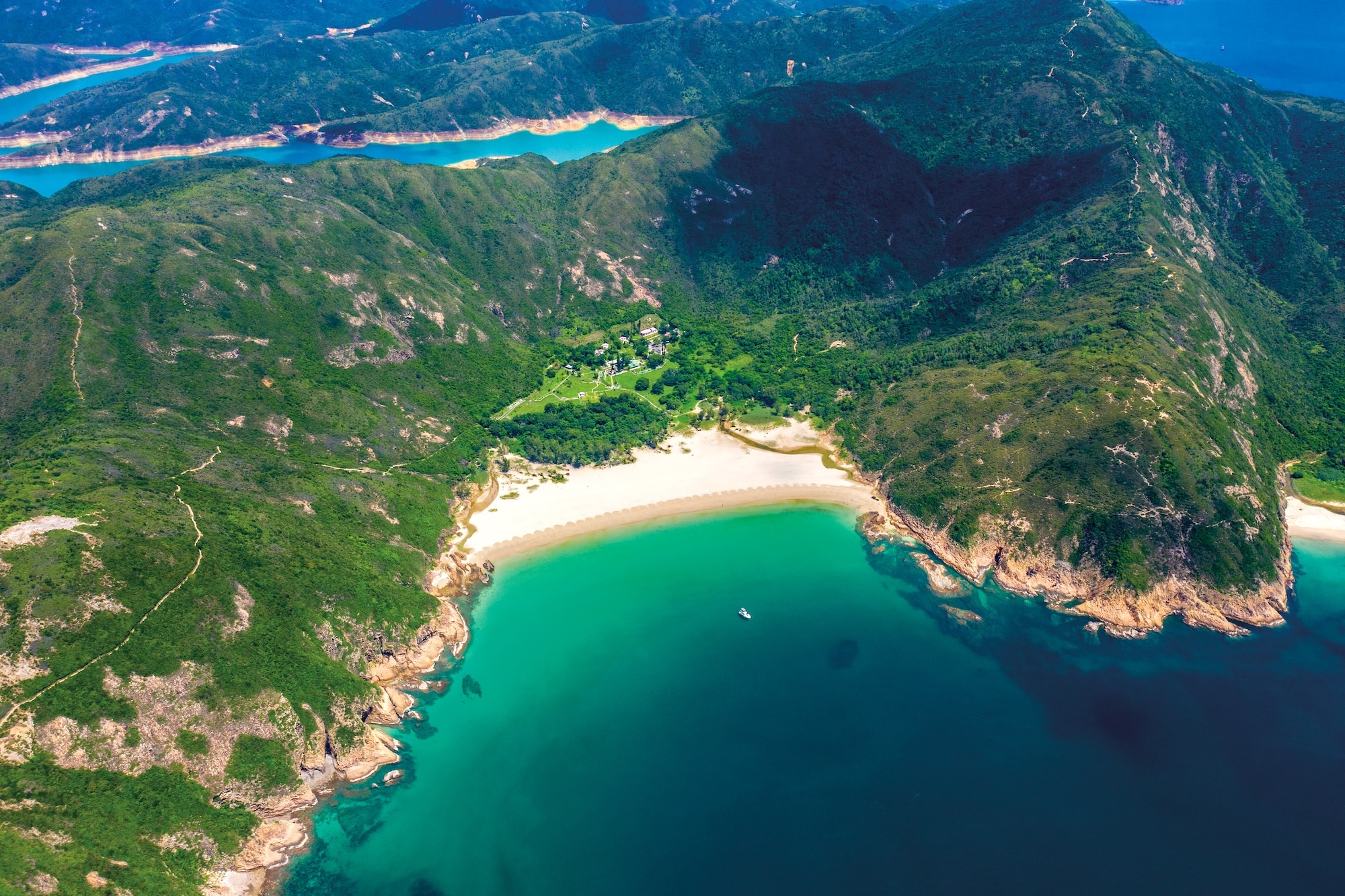
Just before flying into Hong Kong a couple weeks ago, there’s a certain conventionality with which Filipino travelers get to experience this wonderful city. I, too, have felt the same since my last visit. But as I’ve rediscovered in this brief reintroduction, it’d be a mistake to reduce Hong Kong to what we know and what we believe it to be.
Hong Kong has always been a place that nurtures discovery—whether in the region itself or deep within yourself
Hong Kong is full of intriguing secrets bubbling underneath its surface. Across its catalogue of outdoors and wellness destinations, there is one important key to know: Hong Kong has always been a place that nurtures discovery—whether in the region itself or deep within yourself.
And that’s good enough a reason to keep coming back to Hong Kong.

